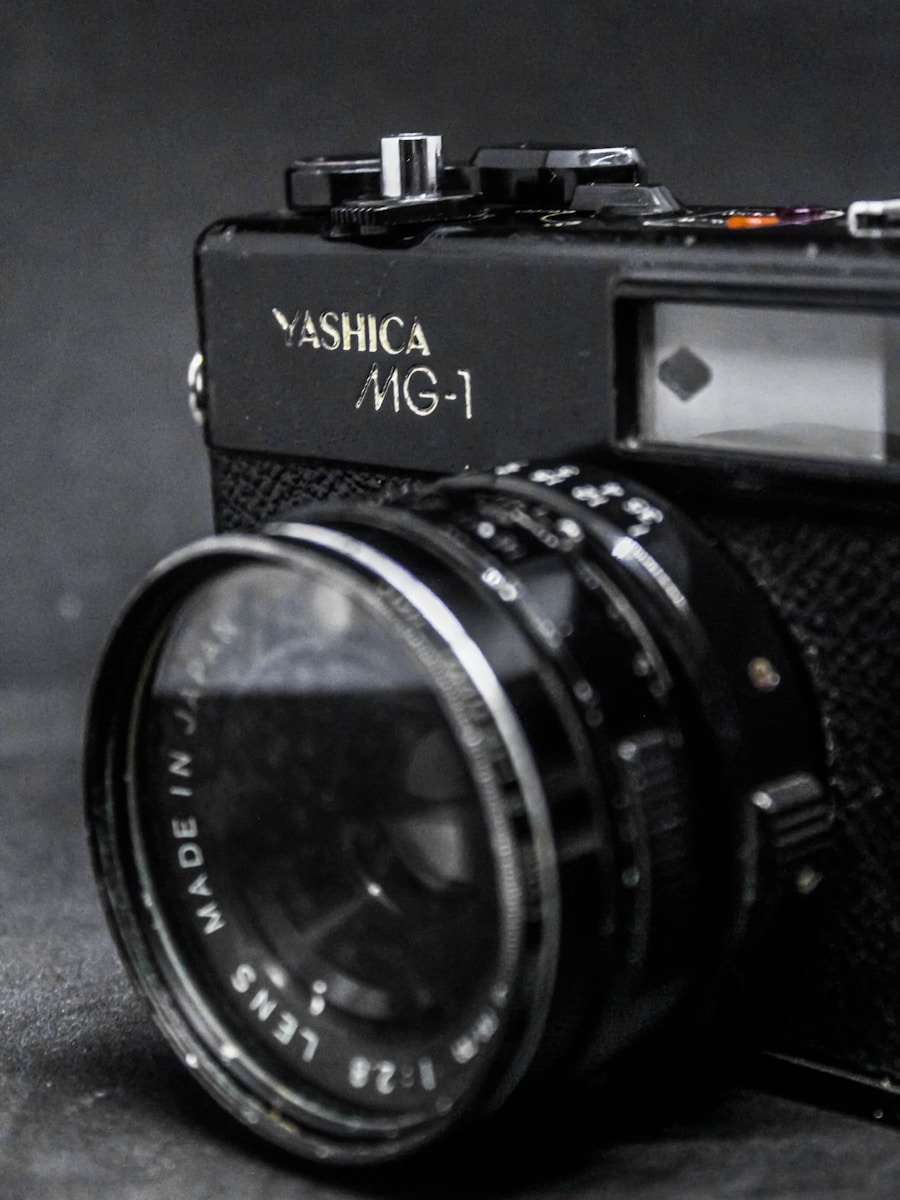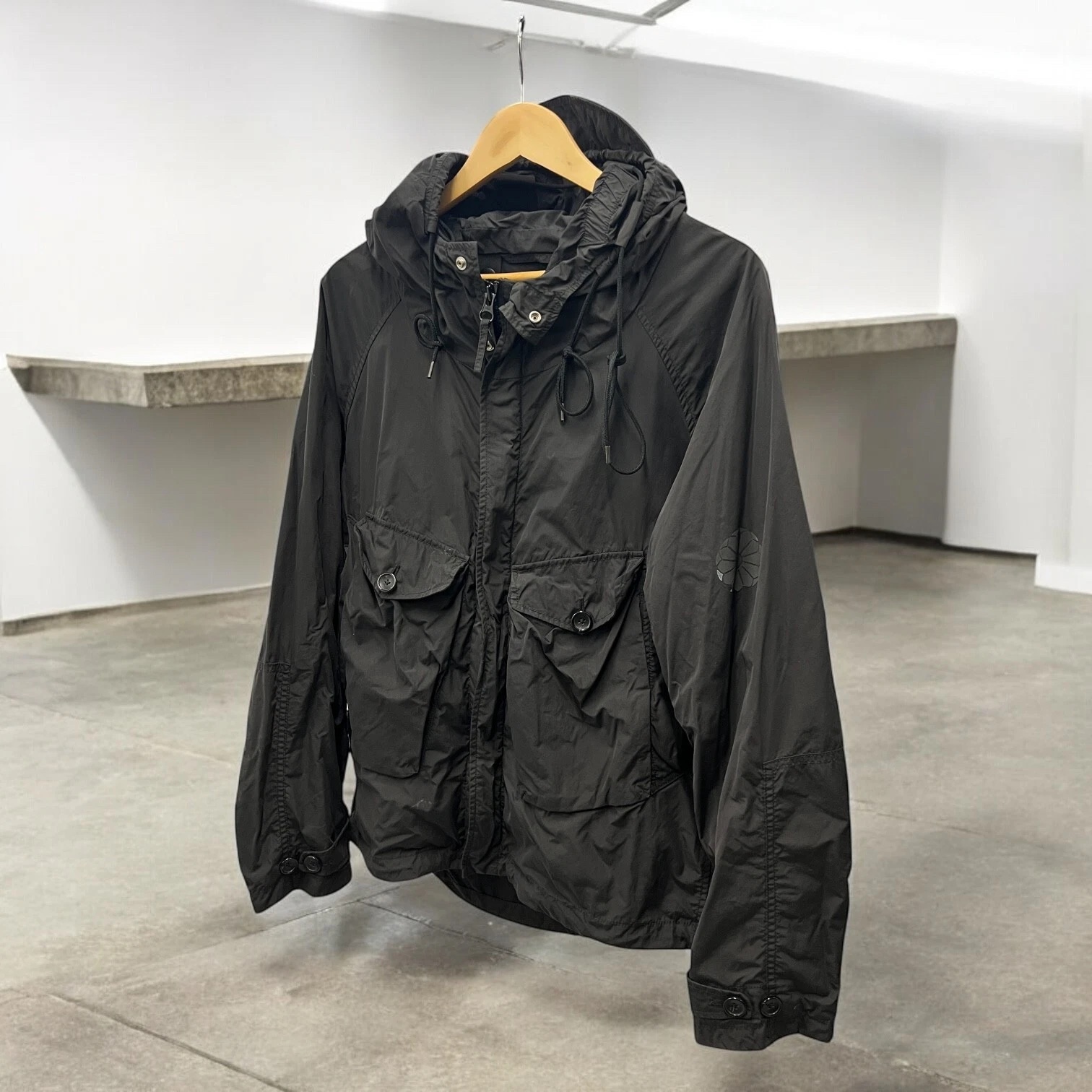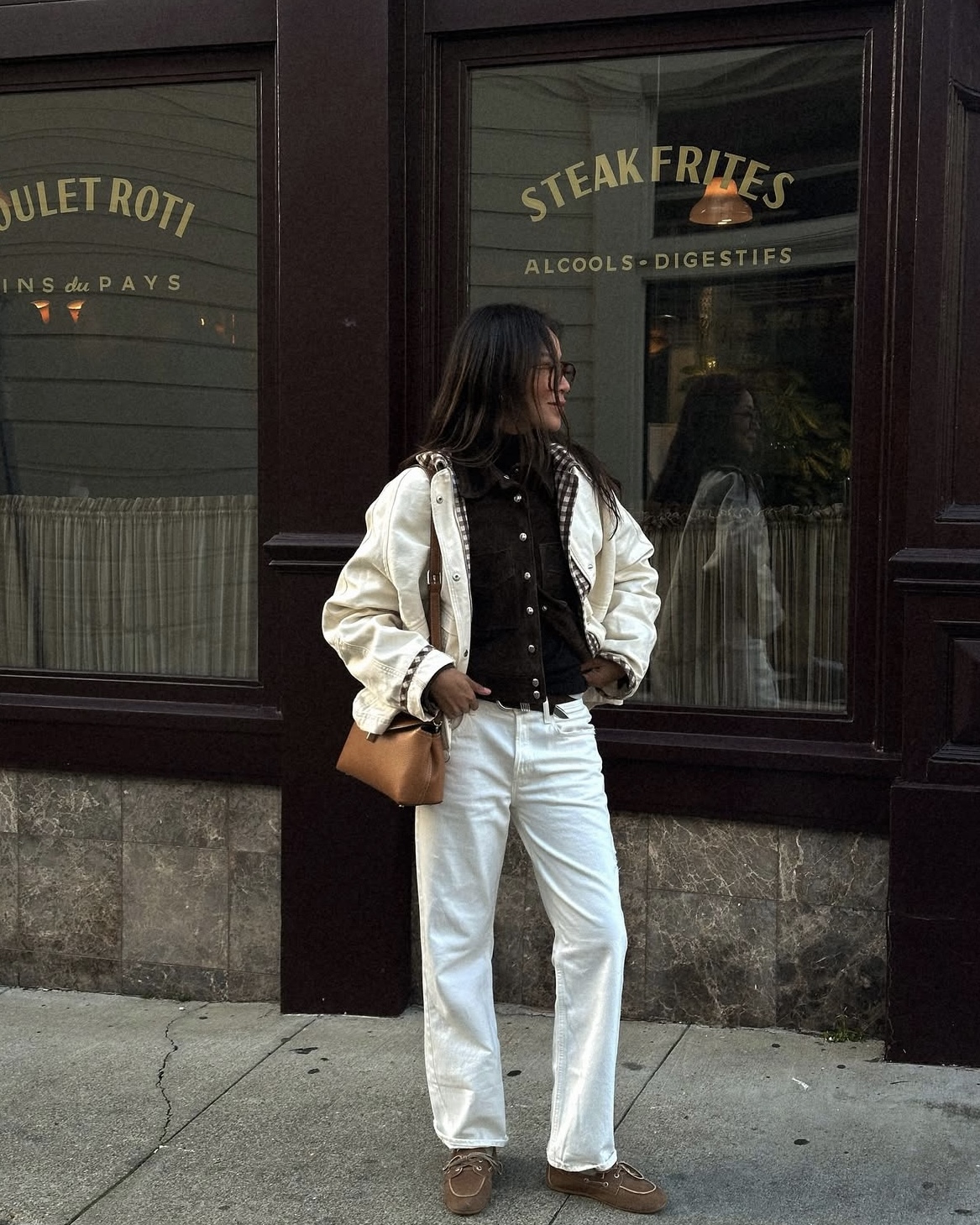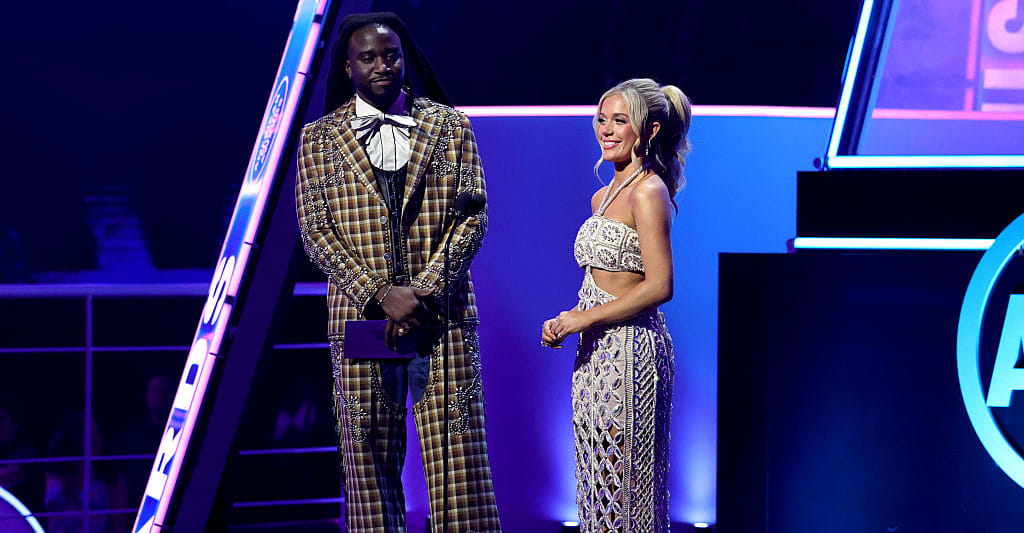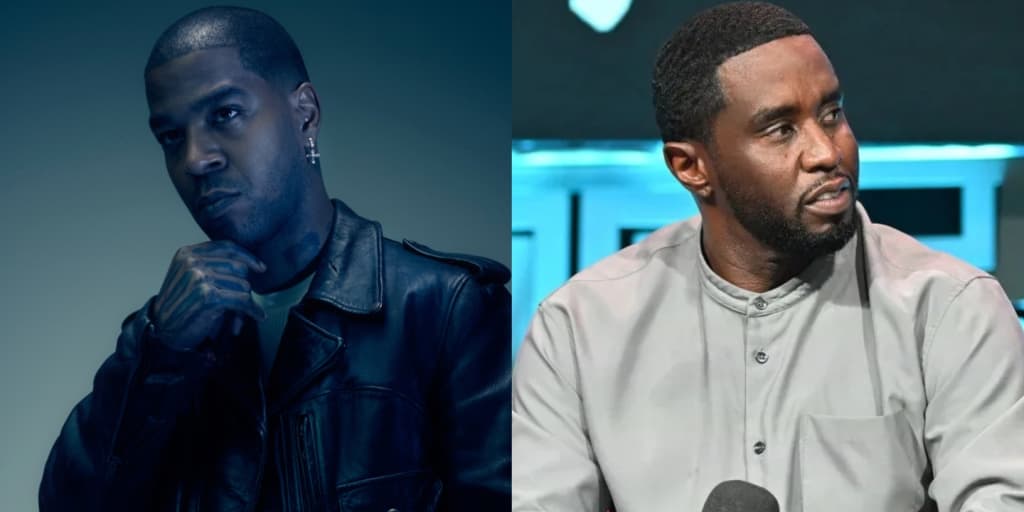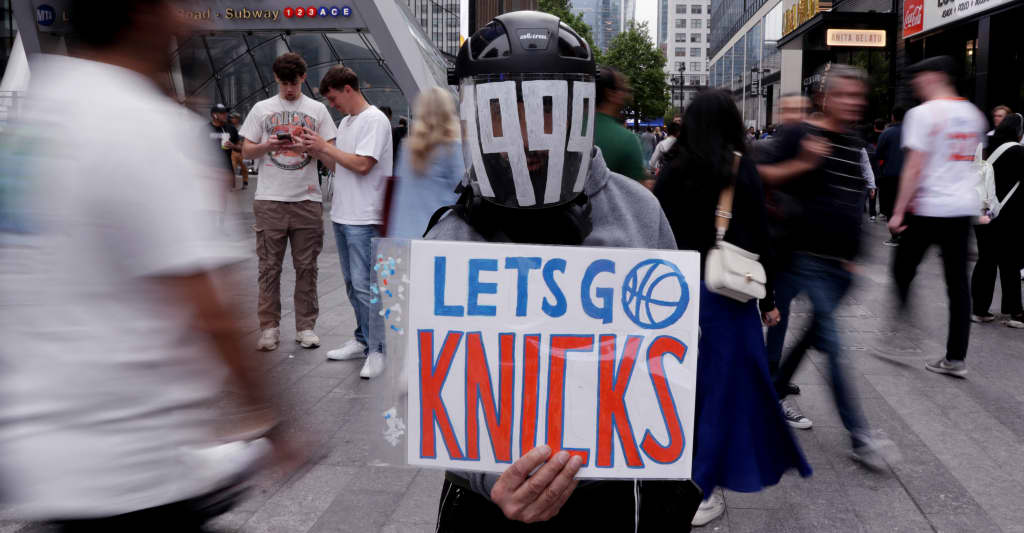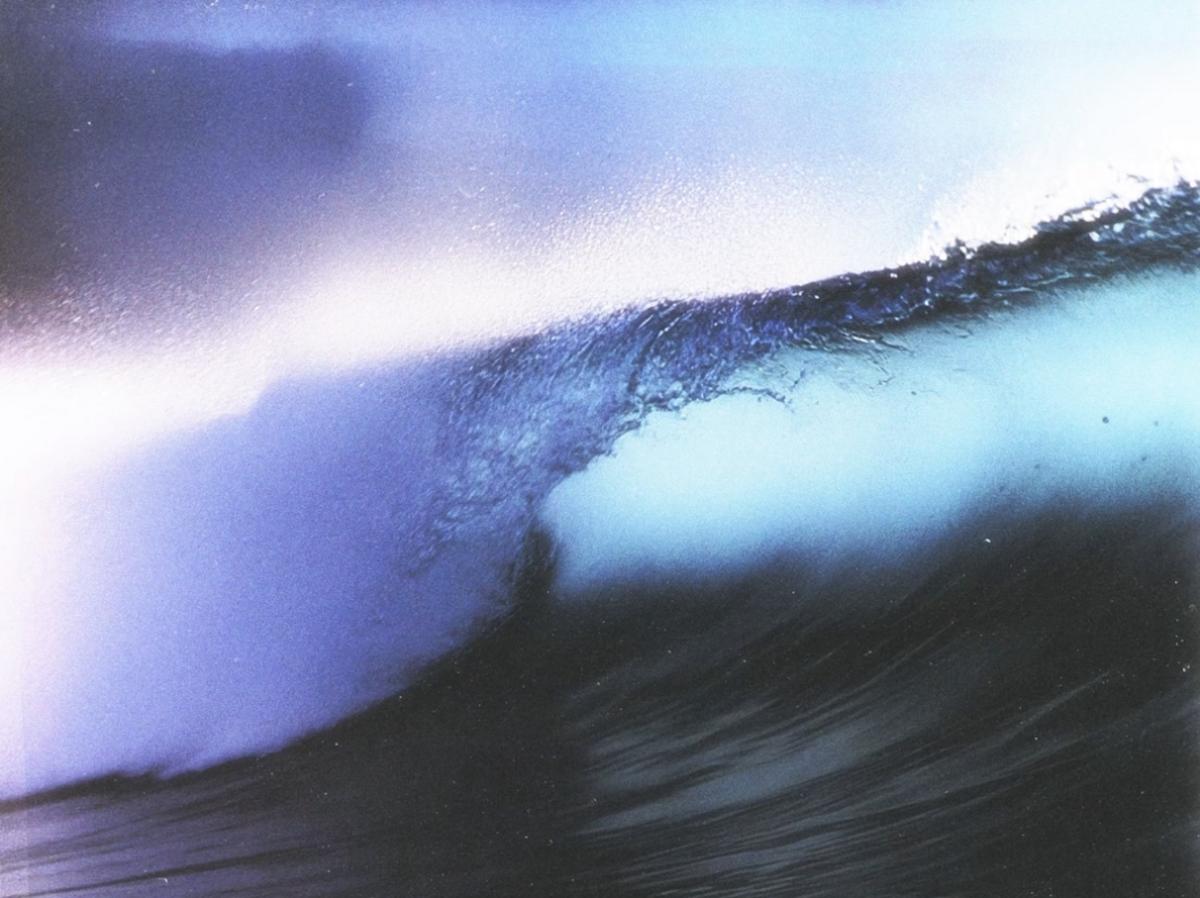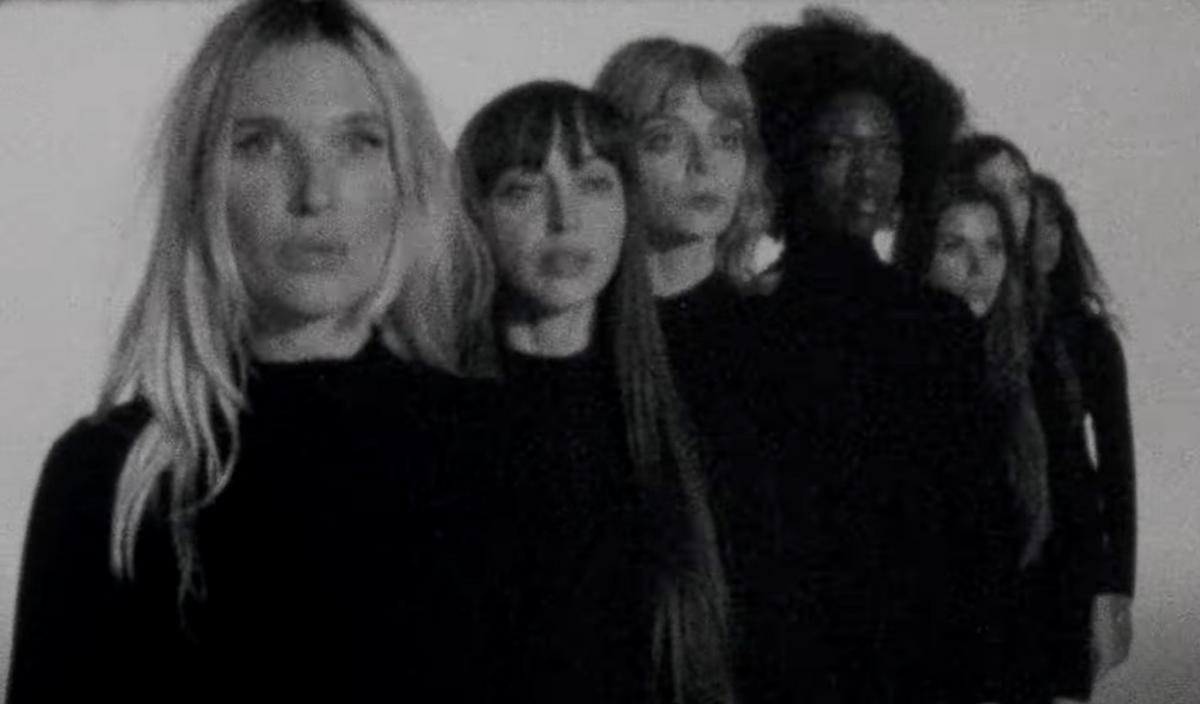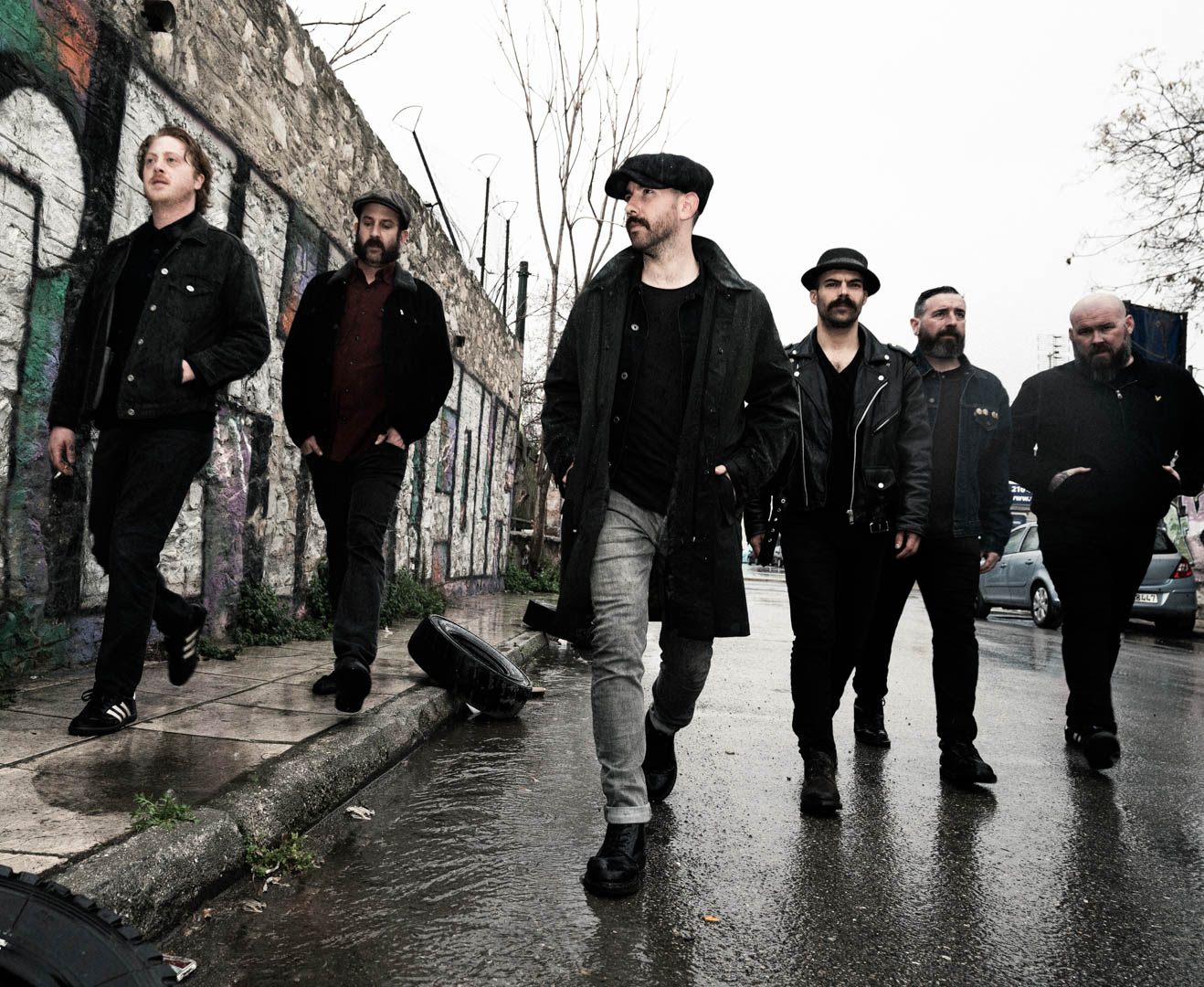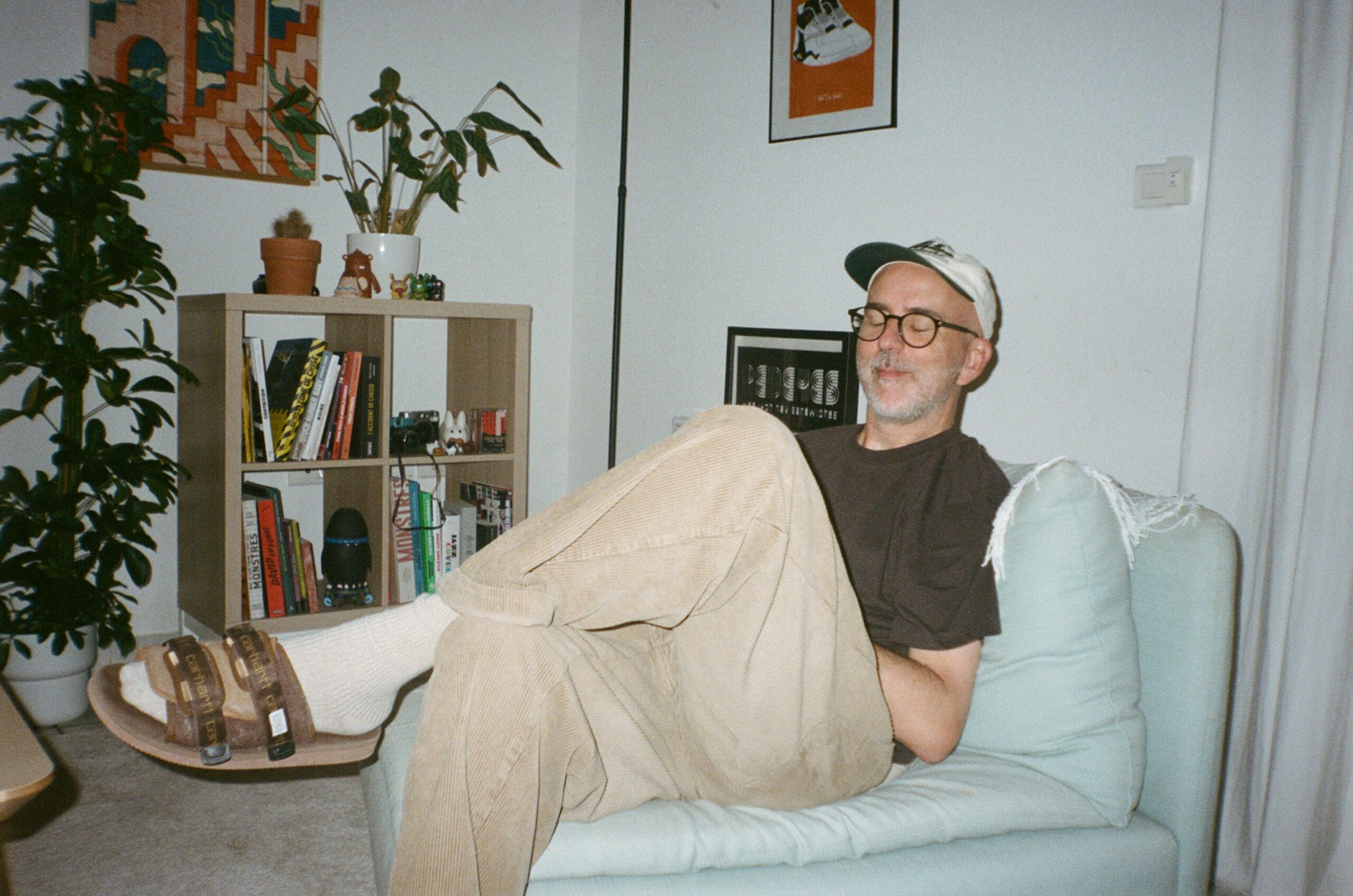7 Slasher Movies That Defined the Genre (and Still Rule It)
As a horror fan myself, I've studied dozens of slasher films, though admittedly, I’ve only managed to watch them uninterrupted with friends present. You've got the slow-burn stalking that builds tension, then those shocking bloody moments that everyone remembers, all those horrifying screams, and that chaos leading up to what film buffs call "the final girl" moment—you know, when that one terrified survivor somehow makes it through the nightmare.We’ve got seven of the best slasher films for you, what makes them great, and what we can learn from them.7 Best Slasher Movies of All TimeThe ‘80s knew how to make horror slasher movies! Be it concept, suspense, gore, or blood… No wonder our list is full of ‘80s movies!1. Friday the 13th (1980) directed by Sean S. Cunningham - YouTube Friday the 13th stands as the definitive slasher template. The film's marketing brilliantly foreshadowed its content, with even the trailer tallying the death count, while the movie escalated its gore with each kill. This formula proved so effective that it spawned a franchise spanning 12 films, concluding with the 2009 reboot.Despite fan demand for a 13th installment (which would have perfectly matched the title), rights disputes between the franchise owners ultimately prevented production.A successful horror franchise establishes clear, recognizable rules and iconography in its first installment, creating a framework that allows for variations while maintaining the core elements that initially captivated audiences.2. The Slumber Party Massacre (1982) directed by Amy Holden Jones - YouTube Who hasn’t had friends behind their parents’ backs? In producer Roger Corman's cult classic, the teenage sleepover transforms from innocent rebellion into survival horror. What begins as a standard girls' night quickly becomes methodical terror as the film's antagonist infiltrates their space. Director Amy Holden Jones manipulates audience expectations by setting the horror within a domestic space. From this, we can learn that location can create psychological tension—when horror infiltrates familiar, safe spaces, it generates audience discomfort, maybe even more than already-threatening environments.3. Maniac (1980) directed by William Lustig - YouTube William Lustig's Maniac stands out in the slasher genre through its unflinching psychological focus. The film follows a disturbed killer who scalps women and attaches their hair to mannequins. Joe Spinell as Frank Zito goes beyond typical slasher villains. We get a sweaty, breathing, damaged human whose trauma manifests in horrific ways. Psychological depth creates lasting horror. When characters have genuine motivations and trauma behind their actions, the terror lingers after the shock value fades.4. Silent Night, Deadly Night (1984) directed by Charles Sellier - YouTube The title alone creates immediate tension—a dark twist on a beloved Christmas carol that signals the film's subversive intent.What makes this film truly effective is its deliberate visual design. By placing a murderous Santa with an axe against traditional Christmas imagery, it creates powerful psychological dissonance. The combination of Santa's red costume with blood-splattered white snow transforms familiar symbols of joy into sources of terror.Effective horror often comes from subverting familiar, comforting elements rather than creating entirely new monsters.5. The Burning (1981) directed by Tony Maylam - YouTube This 1980s slasher demonstrates how practical effects can create lasting horror impact even with limited resources. Despite being produced decades ago, the film's prosthetics and special makeup effects for the burned antagonist Cropsy are still impressive.The key filmmaking lesson here is that practical effects can create a visceral audience reaction that CGI often struggles to match. The nature of well-crafted prosthetics grounds horror in reality, making the threat feel believable.6. Scream (1996) directed by Wes Craven - YouTube Scream shows why self-awareness in horror filmmaking can create something totally fresh. Its staying power stems from its clever deconstruction of genre conventions while still delivering genuine scares.Here you have the power of audience awareness. By acknowledging horror tropes directly through its characters, Scream creates a dual viewing experience. Viewers simultaneously analyze the film intellectually while responding to its scares. Try subverting some tropes in your next script.7. Halloween (1978) directed by John Carpenter - YouTube Halloween’s genius lies in its restraint, building tension as escaped mental patient Michael Myers develops a disturbing interest in a group of teenagers. This approach to horror prioritizes anticipation over shock, showing that what's implied can terrify more effectively than what is displayed.Narrative patience and psychological elements can create mind-numbing fear that resonates more than gore. The film's financial success ($47 million


As a horror fan myself, I've studied dozens of slasher films, though admittedly, I’ve only managed to watch them uninterrupted with friends present.
You've got the slow-burn stalking that builds tension, then those shocking bloody moments that everyone remembers, all those horrifying screams, and that chaos leading up to what film buffs call "the final girl" moment—you know, when that one terrified survivor somehow makes it through the nightmare.
We’ve got seven of the best slasher films for you, what makes them great, and what we can learn from them.
7 Best Slasher Movies of All Time
The ‘80s knew how to make horror slasher movies! Be it concept, suspense, gore, or blood… No wonder our list is full of ‘80s movies!
1. Friday the 13th (1980) directed by Sean S. Cunningham
- YouTube
Friday the 13th stands as the definitive slasher template. The film's marketing brilliantly foreshadowed its content, with even the trailer tallying the death count, while the movie escalated its gore with each kill. This formula proved so effective that it spawned a franchise spanning 12 films, concluding with the 2009 reboot.
Despite fan demand for a 13th installment (which would have perfectly matched the title), rights disputes between the franchise owners ultimately prevented production.
A successful horror franchise establishes clear, recognizable rules and iconography in its first installment, creating a framework that allows for variations while maintaining the core elements that initially captivated audiences.
2. The Slumber Party Massacre (1982) directed by Amy Holden Jones
- YouTube
Who hasn’t had friends behind their parents’ backs? In producer Roger Corman's cult classic, the teenage sleepover transforms from innocent rebellion into survival horror. What begins as a standard girls' night quickly becomes methodical terror as the film's antagonist infiltrates their space.
Director Amy Holden Jones manipulates audience expectations by setting the horror within a domestic space. From this, we can learn that location can create psychological tension—when horror infiltrates familiar, safe spaces, it generates audience discomfort, maybe even more than already-threatening environments.
3. Maniac (1980) directed by William Lustig
- YouTube
William Lustig's Maniac stands out in the slasher genre through its unflinching psychological focus. The film follows a disturbed killer who scalps women and attaches their hair to mannequins. Joe Spinell as Frank Zito goes beyond typical slasher villains. We get a sweaty, breathing, damaged human whose trauma manifests in horrific ways.
Psychological depth creates lasting horror. When characters have genuine motivations and trauma behind their actions, the terror lingers after the shock value fades.
4. Silent Night, Deadly Night (1984) directed by Charles Sellier
- YouTube
The title alone creates immediate tension—a dark twist on a beloved Christmas carol that signals the film's subversive intent.
What makes this film truly effective is its deliberate visual design. By placing a murderous Santa with an axe against traditional Christmas imagery, it creates powerful psychological dissonance. The combination of Santa's red costume with blood-splattered white snow transforms familiar symbols of joy into sources of terror.
Effective horror often comes from subverting familiar, comforting elements rather than creating entirely new monsters.
5. The Burning (1981) directed by Tony Maylam
- YouTube
This 1980s slasher demonstrates how practical effects can create lasting horror impact even with limited resources. Despite being produced decades ago, the film's prosthetics and special makeup effects for the burned antagonist Cropsy are still impressive.
The key filmmaking lesson here is that practical effects can create a visceral audience reaction that CGI often struggles to match. The nature of well-crafted prosthetics grounds horror in reality, making the threat feel believable.
6. Scream (1996) directed by Wes Craven
- YouTube
Scream shows why self-awareness in horror filmmaking can create something totally fresh. Its staying power stems from its clever deconstruction of genre conventions while still delivering genuine scares.
Here you have the power of audience awareness. By acknowledging horror tropes directly through its characters, Scream creates a dual viewing experience. Viewers simultaneously analyze the film intellectually while responding to its scares. Try subverting some tropes in your next script.
7. Halloween (1978) directed by John Carpenter
- YouTube
Halloween’s genius lies in its restraint, building tension as escaped mental patient Michael Myers develops a disturbing interest in a group of teenagers. This approach to horror prioritizes anticipation over shock, showing that what's implied can terrify more effectively than what is displayed.
Narrative patience and psychological elements can create mind-numbing fear that resonates more than gore. The film's financial success ($47 million domestic from a $325,000 budget) shows that this approach can connect powerfully with audiences.
Give them a watch and hope you lose a good night's sleep just like I did! (I mean in a good way!)







![‘Elden Ring Nightreign’ Receives New Trailers Ahead of Friday Launch [Watch]](https://bloody-disgusting.com/wp-content/uploads/2025/05/eldenringnightreign.jpg)
















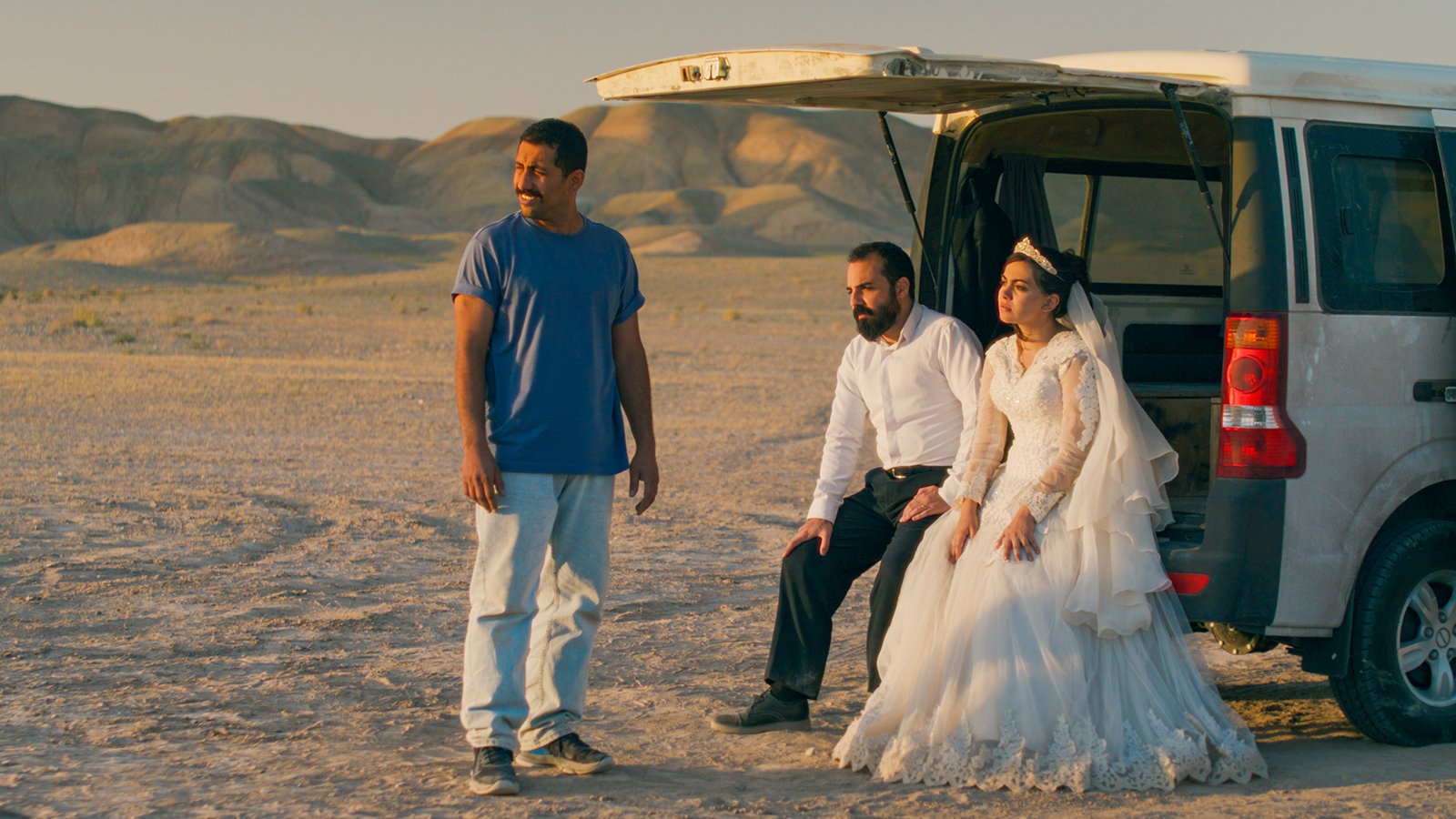


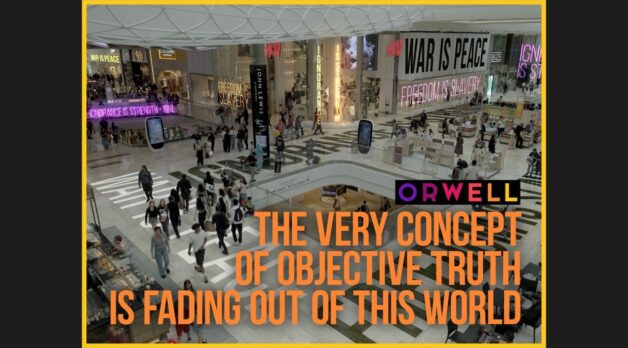
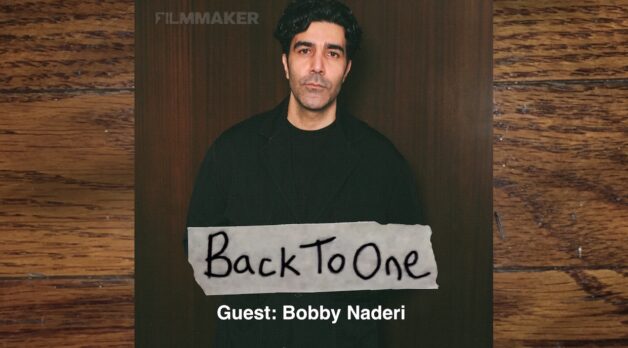
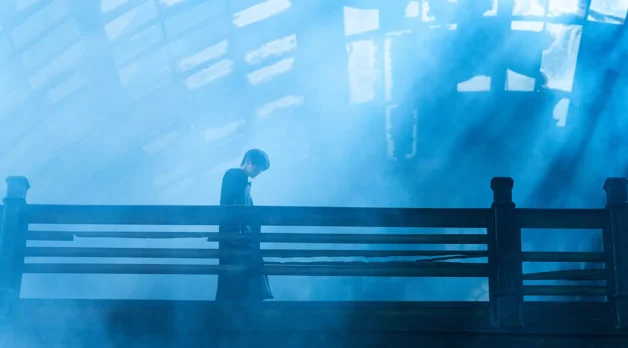
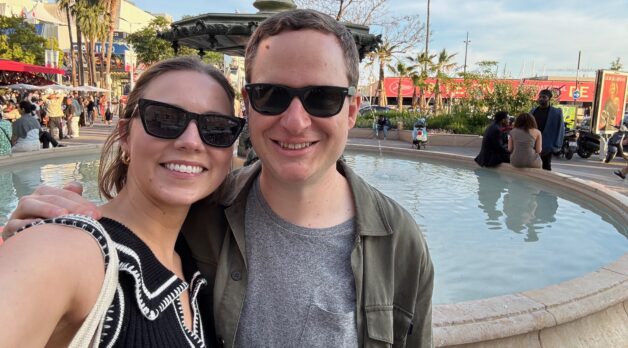





















![Chains Of Ignorance [NIGHTJOHN]](https://jonathanrosenbaum.net/wp-content/uploads/2011/04/nightjohn2.jpg)


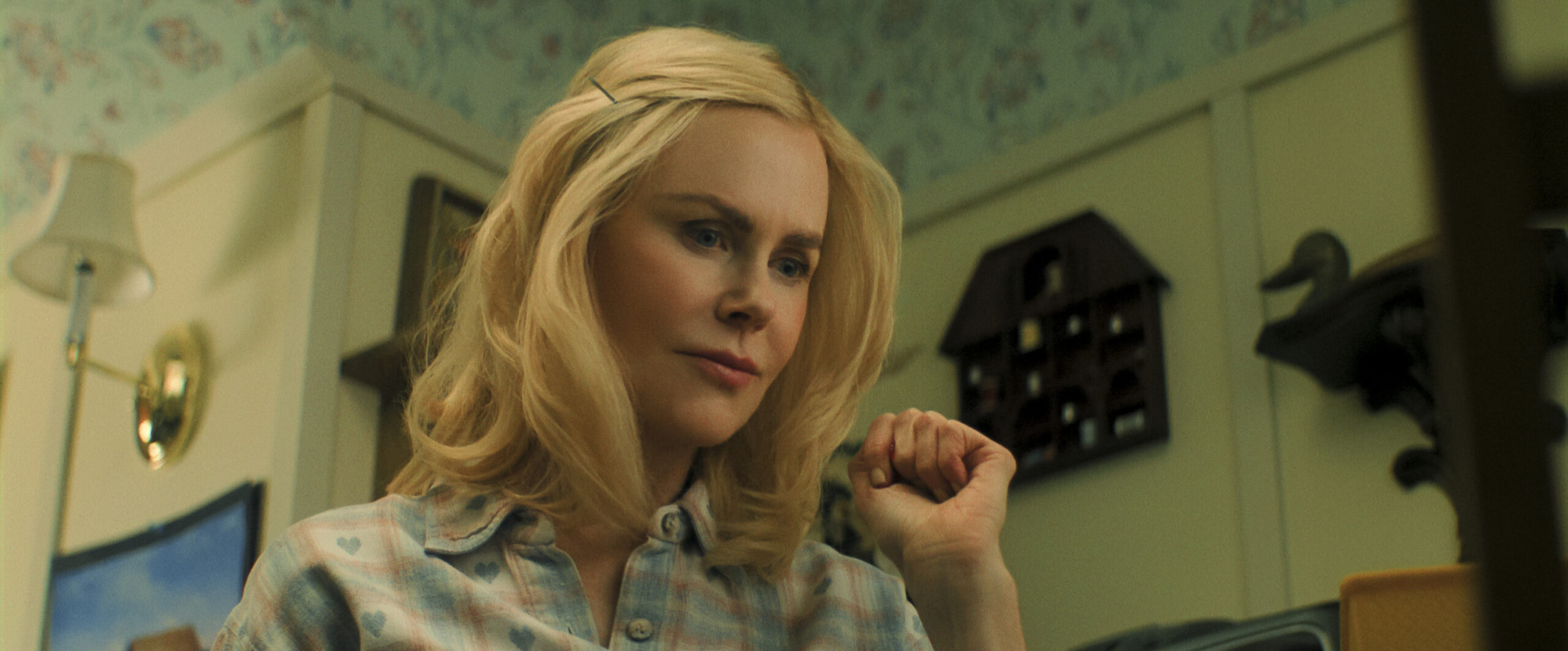
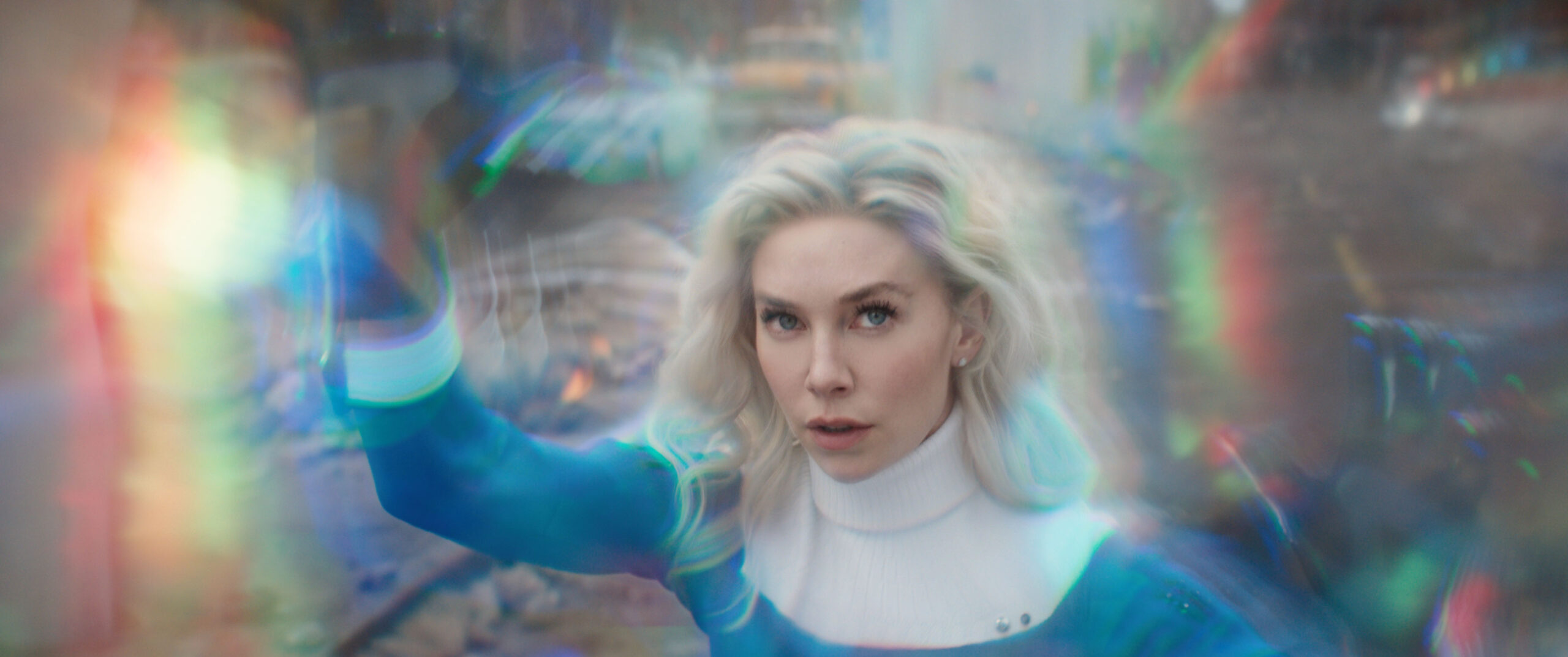
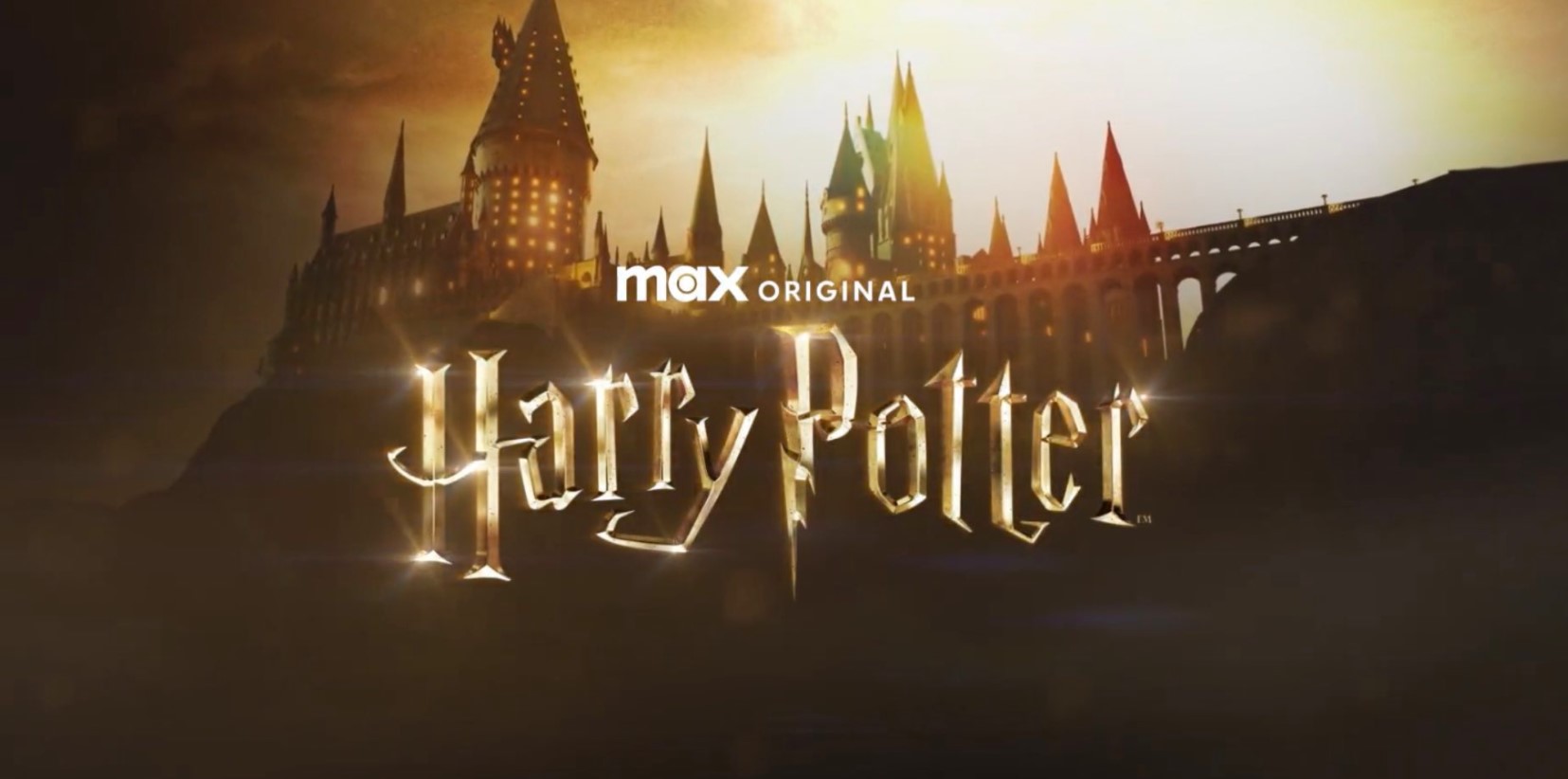



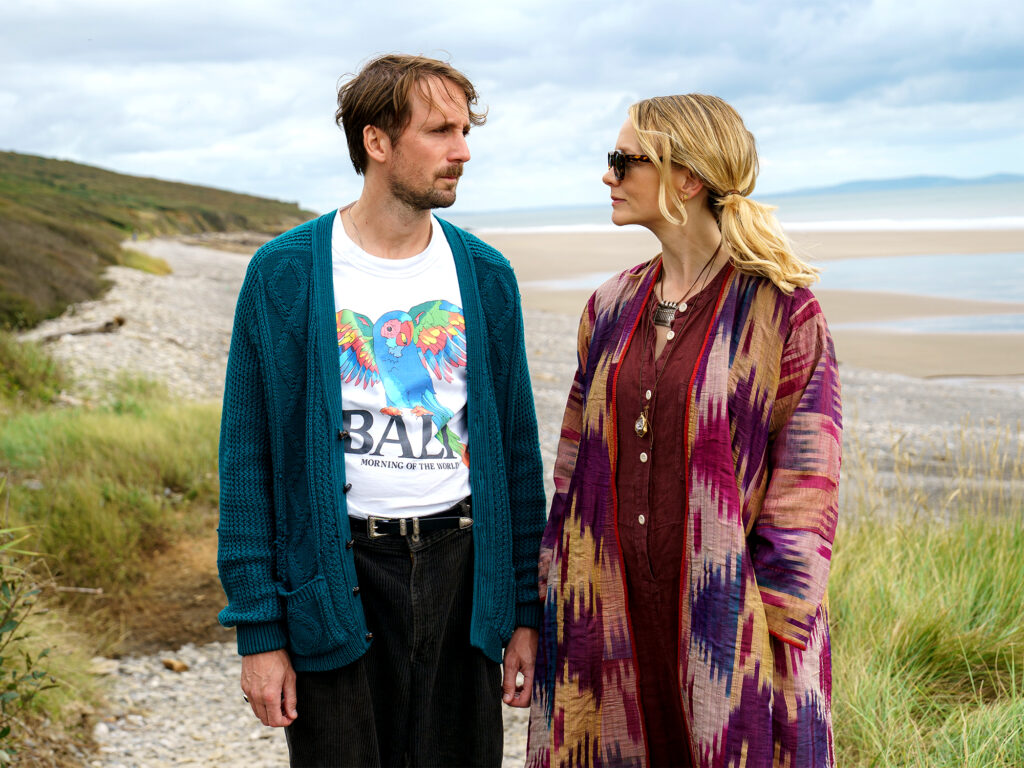










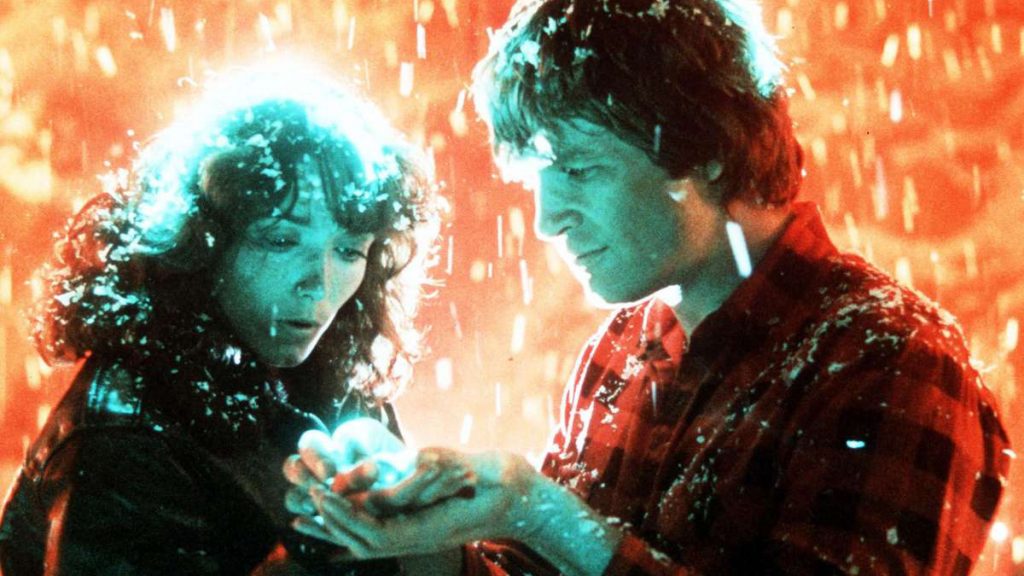
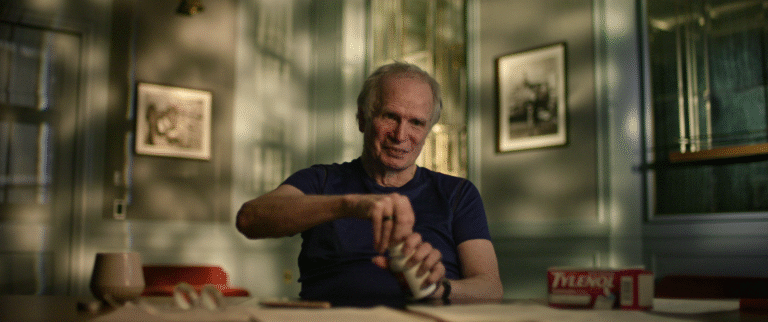
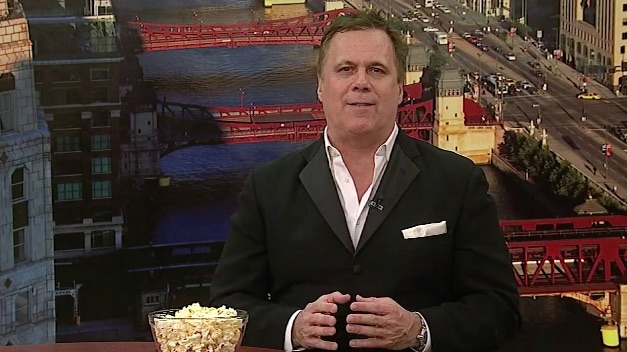





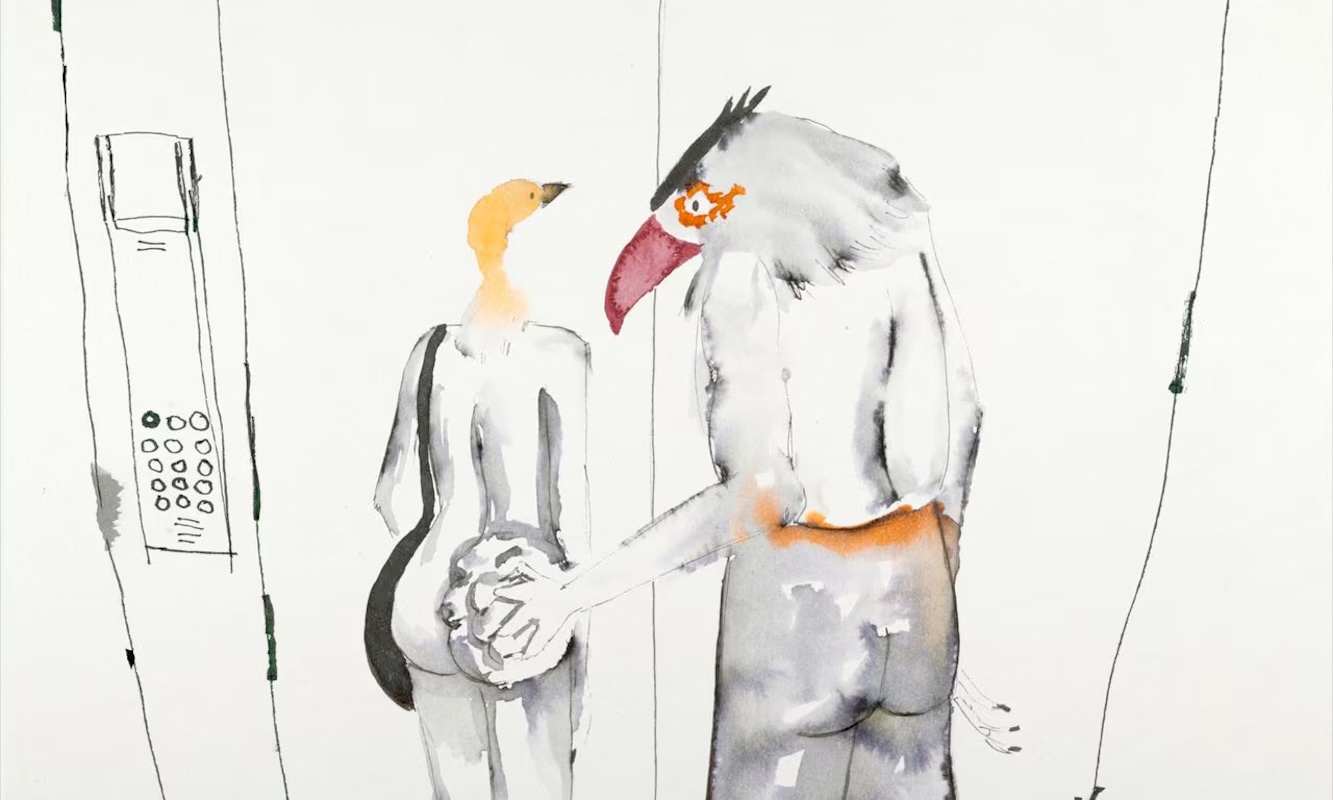
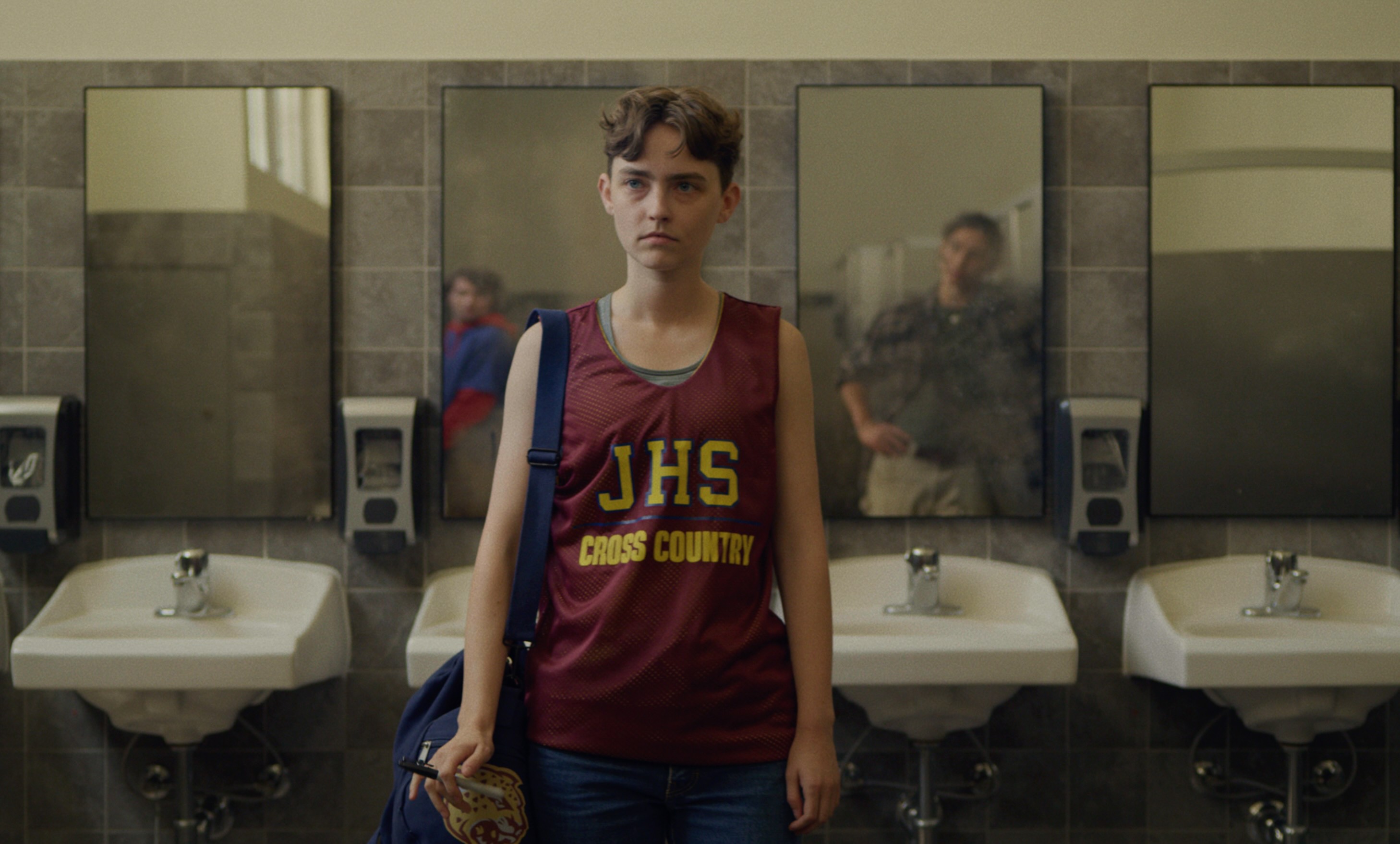

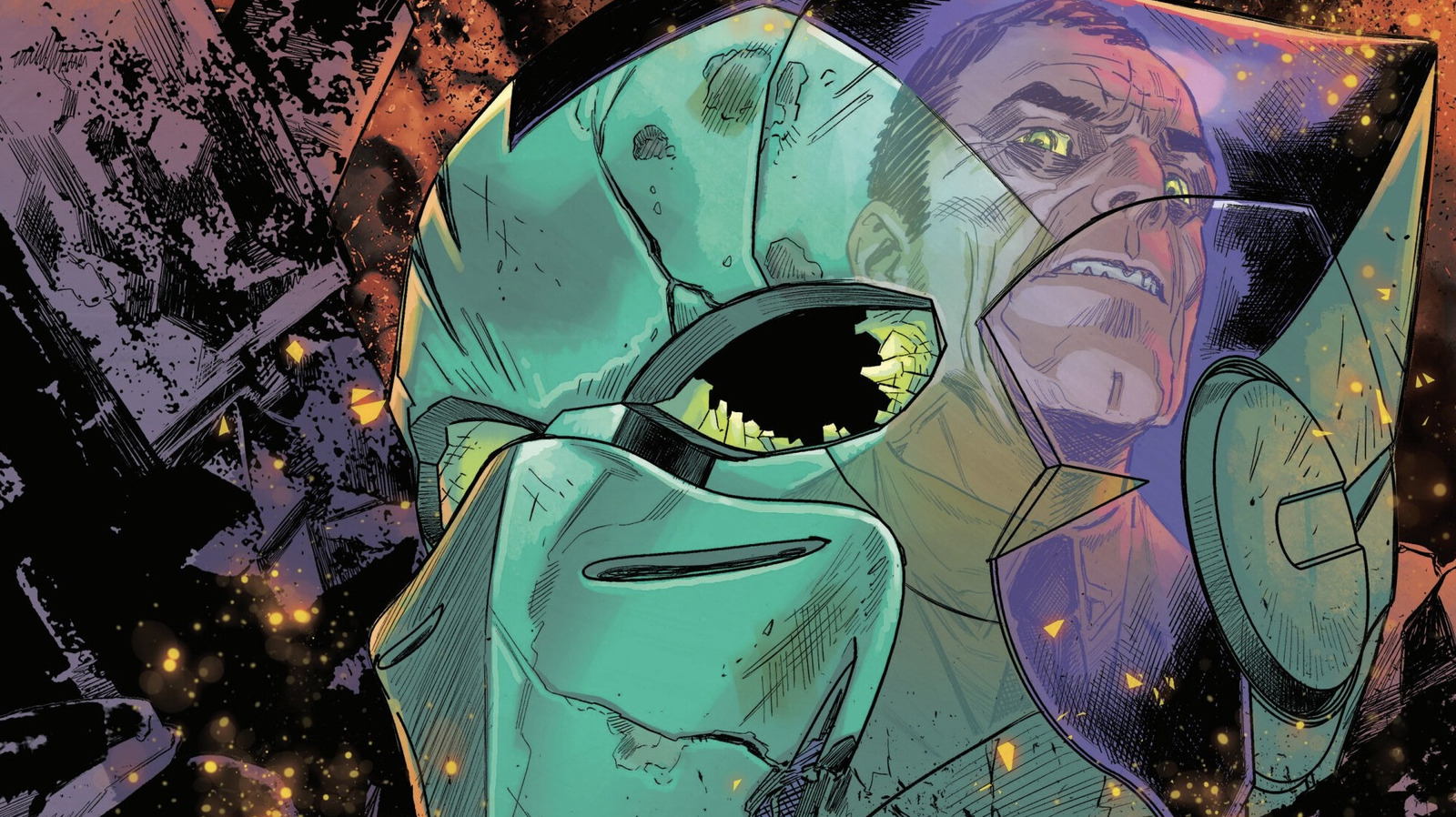
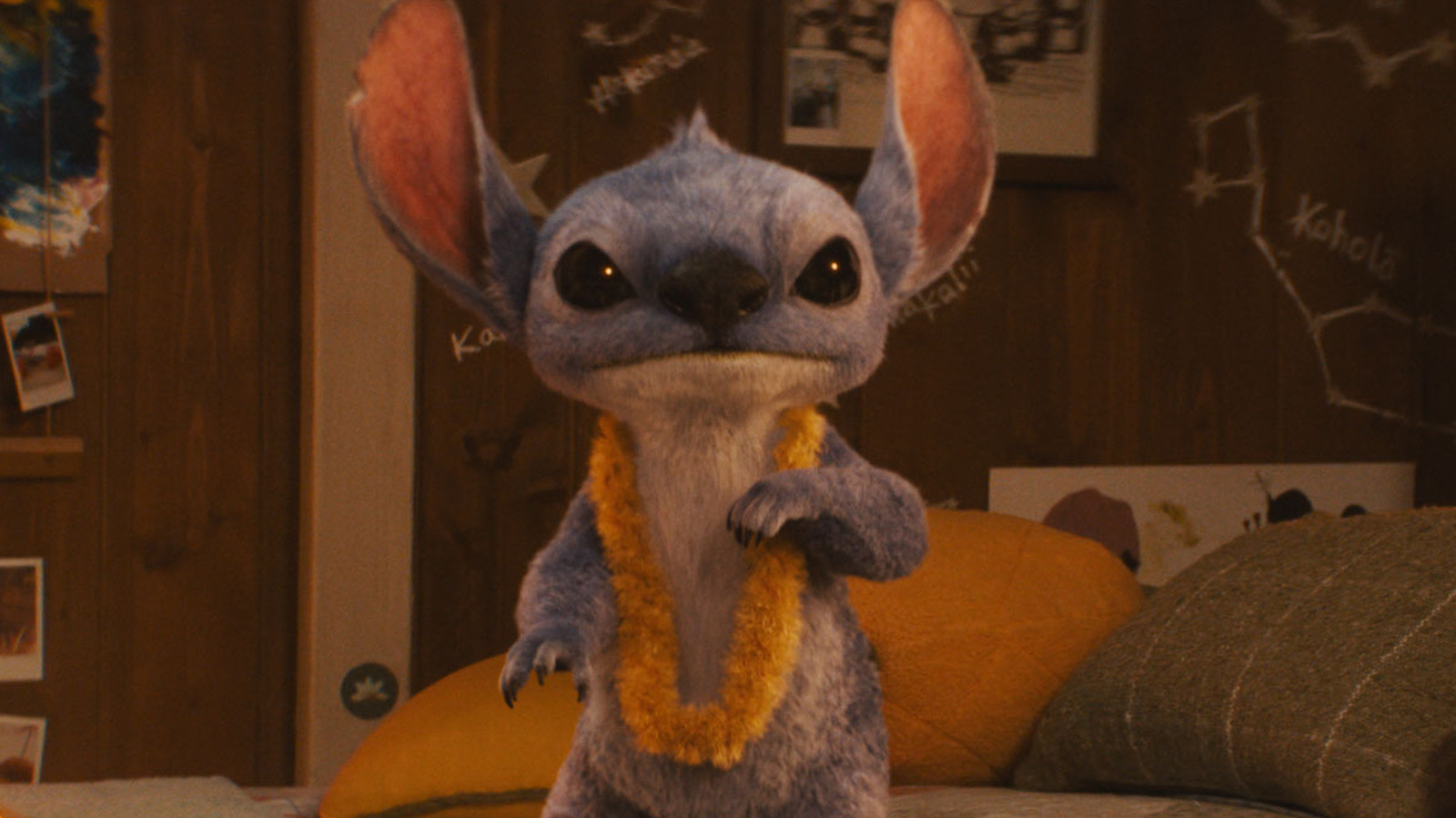
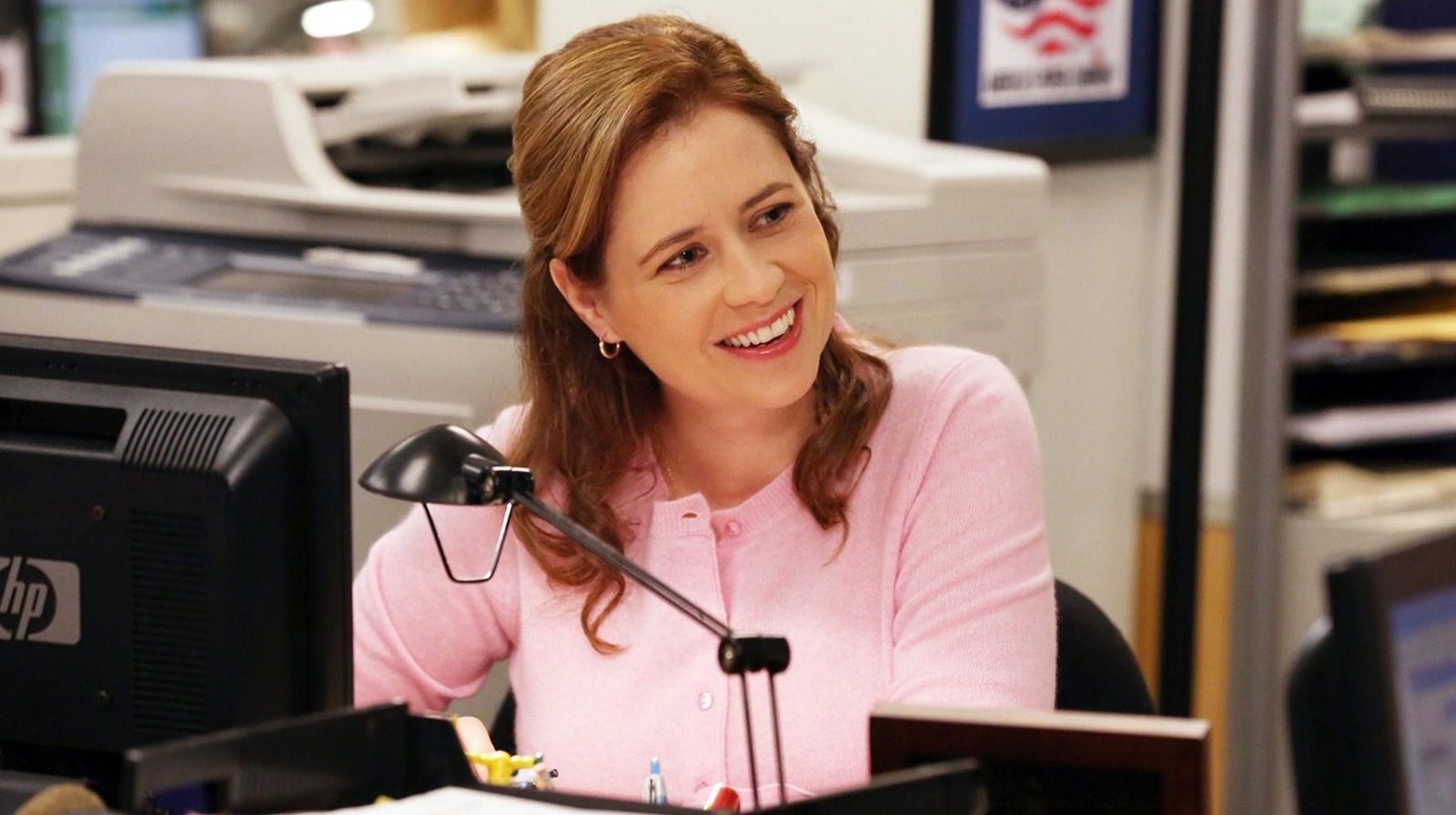
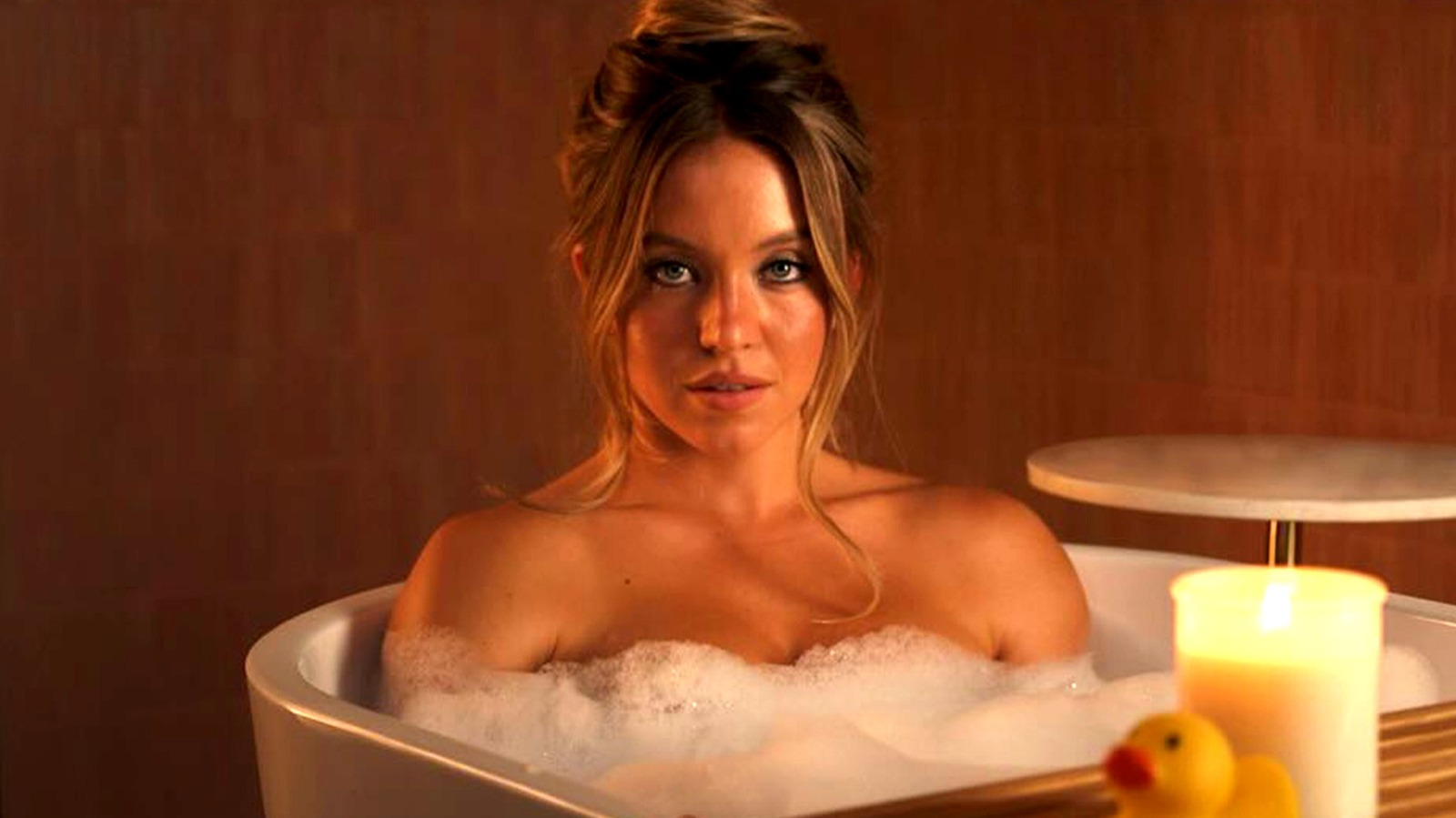







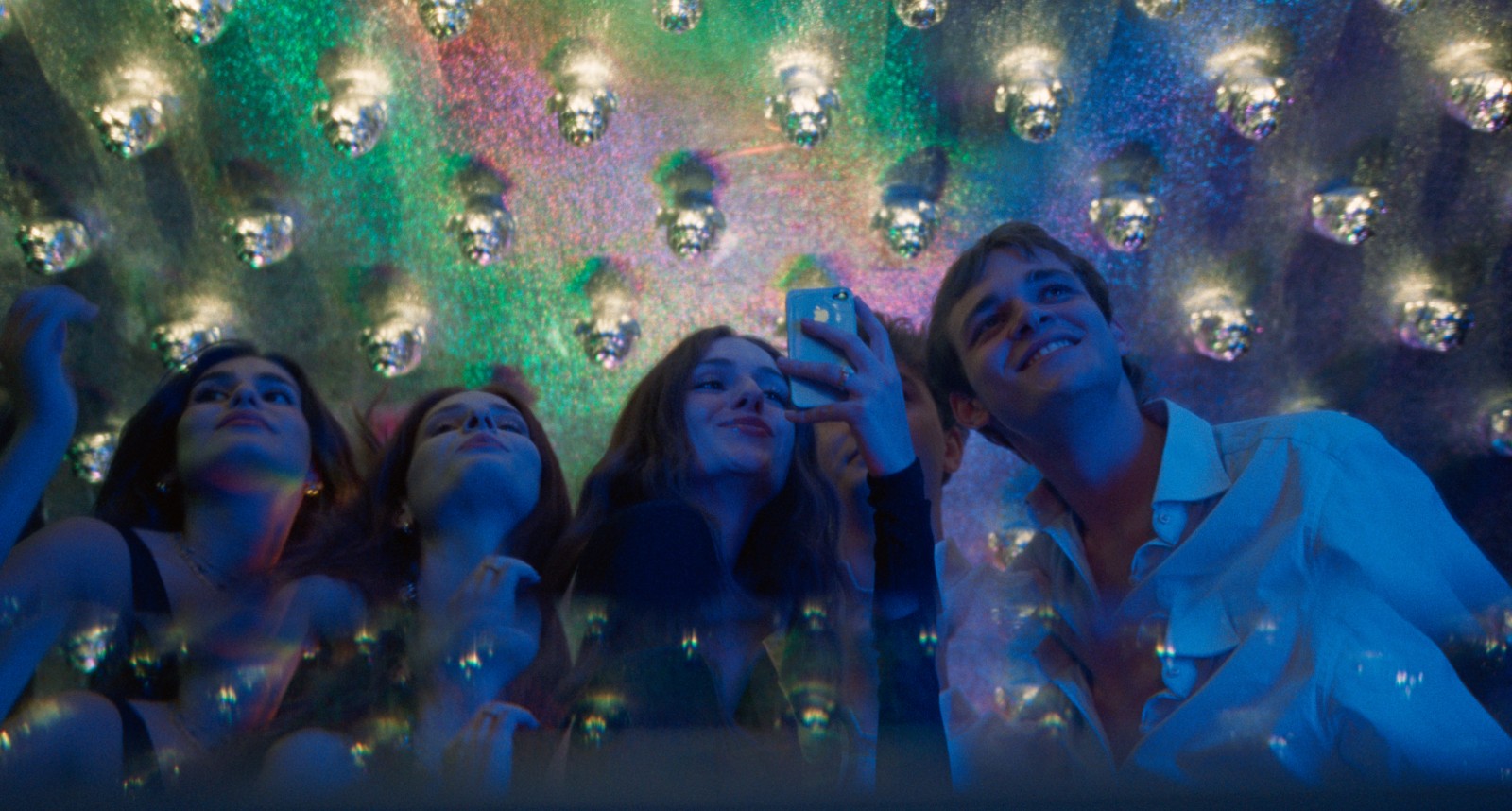


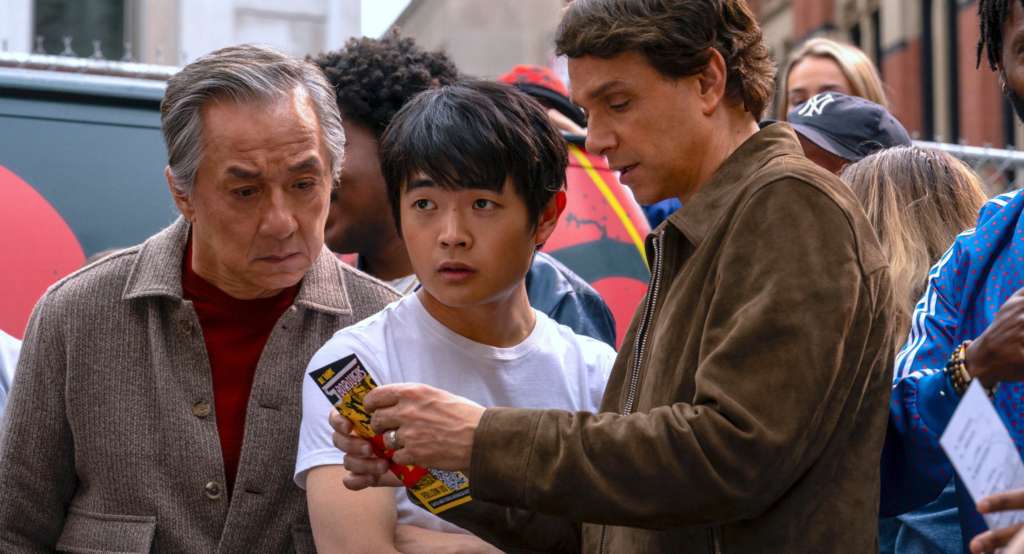
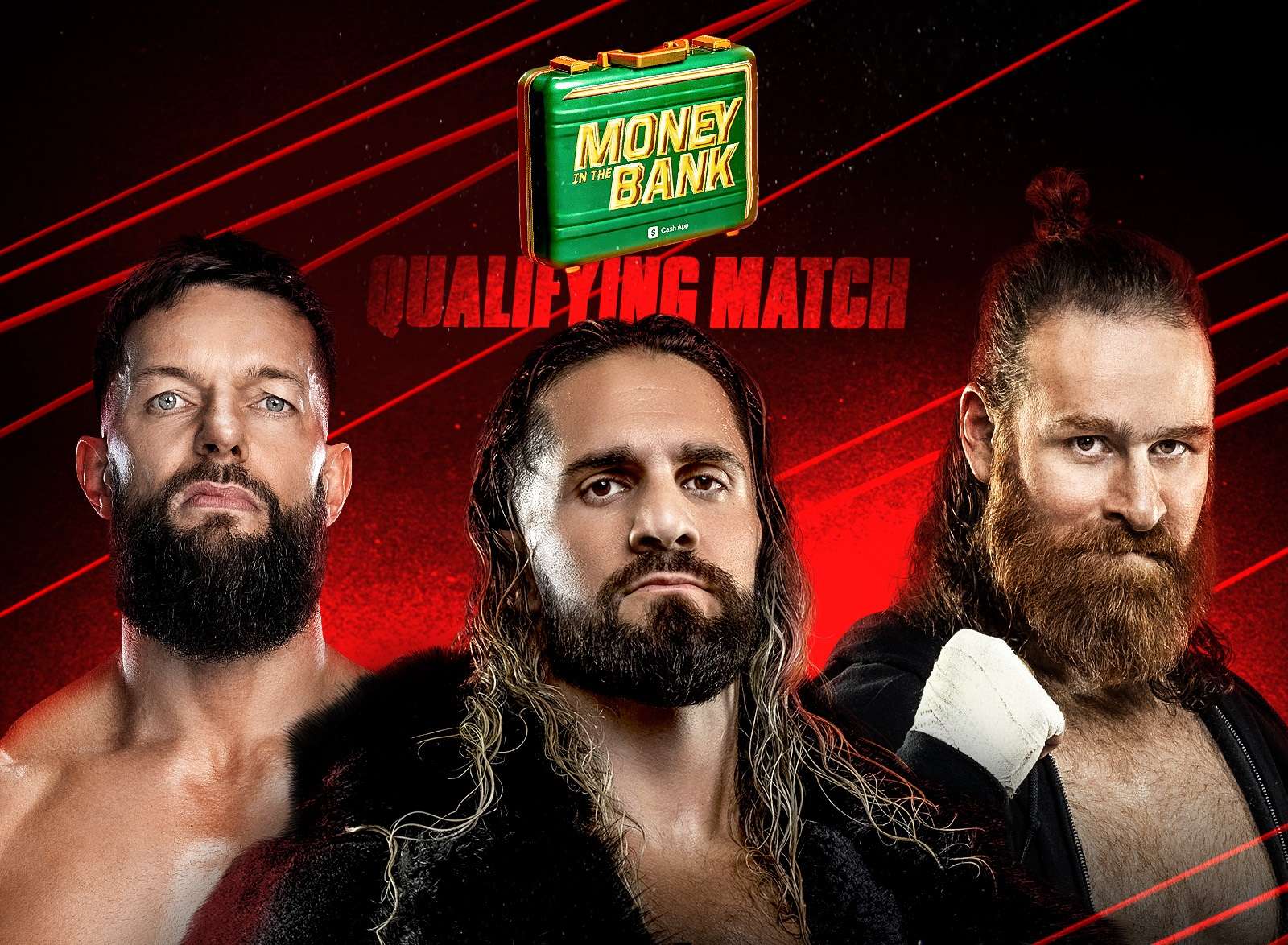
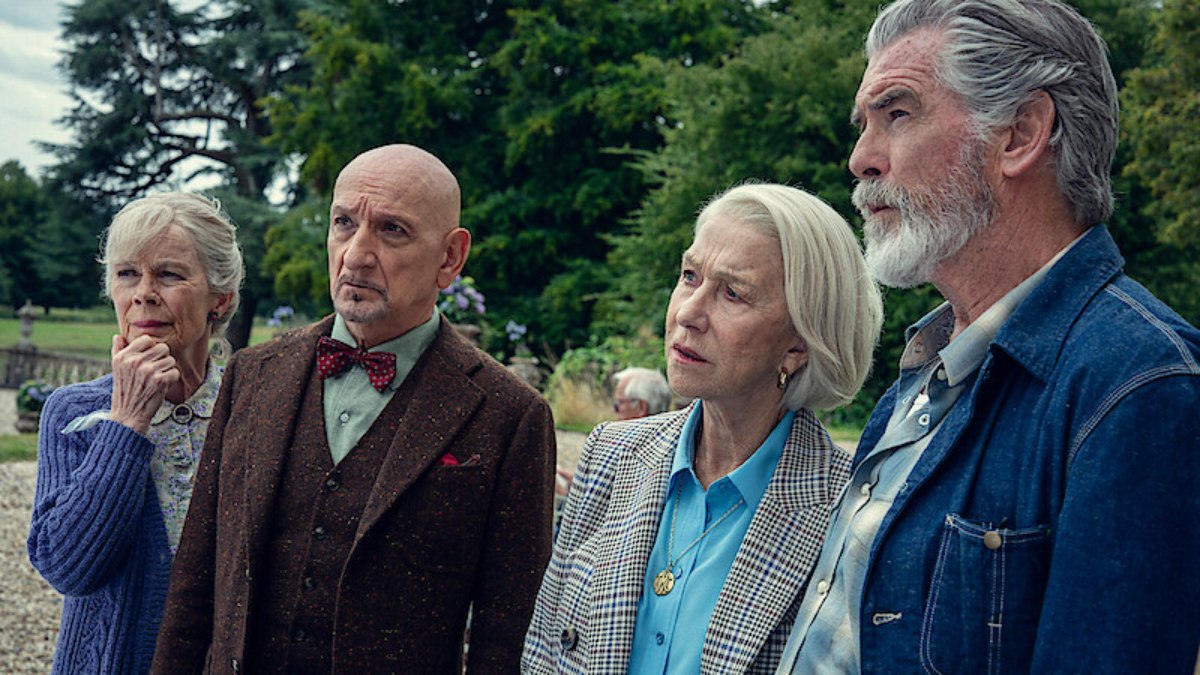

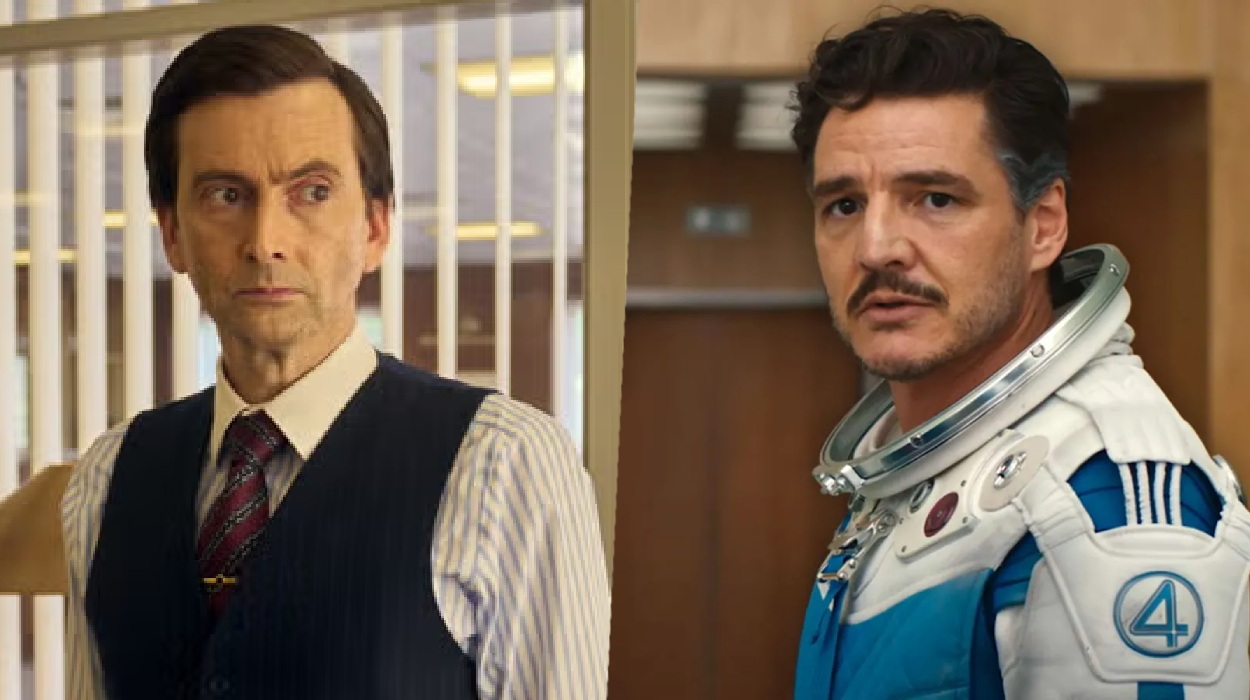
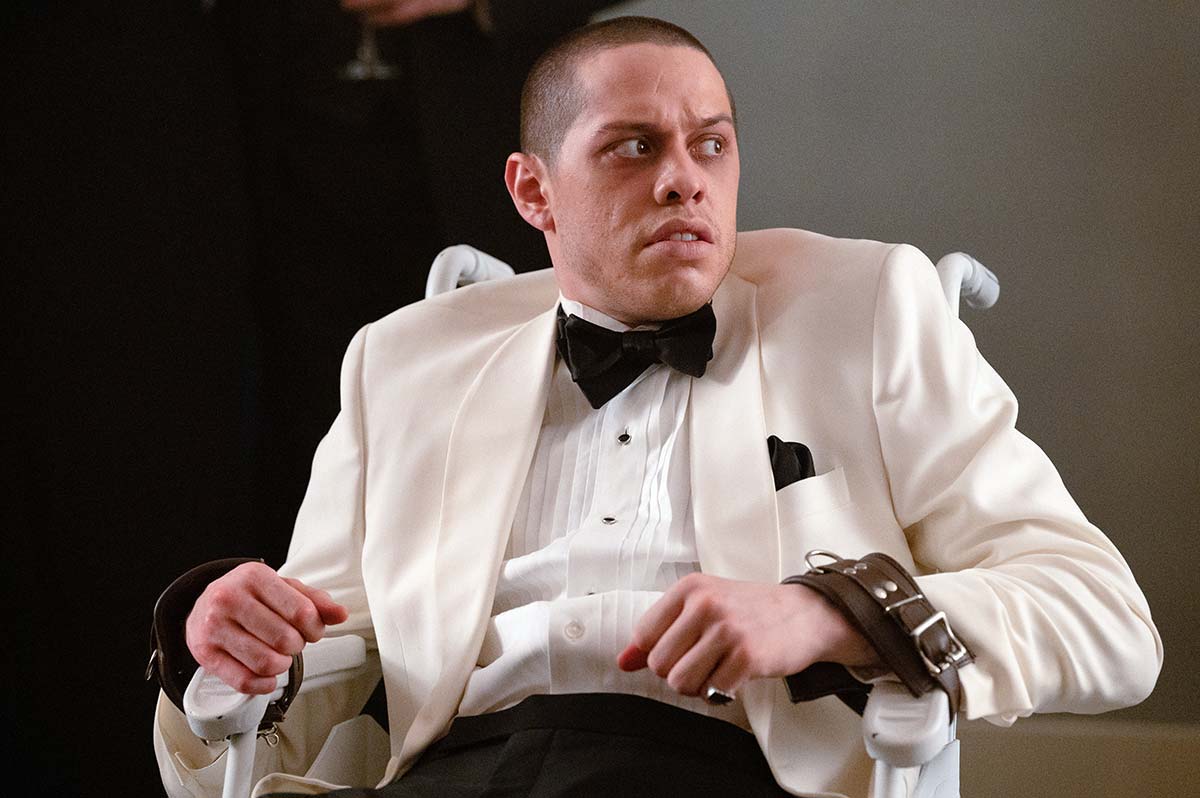
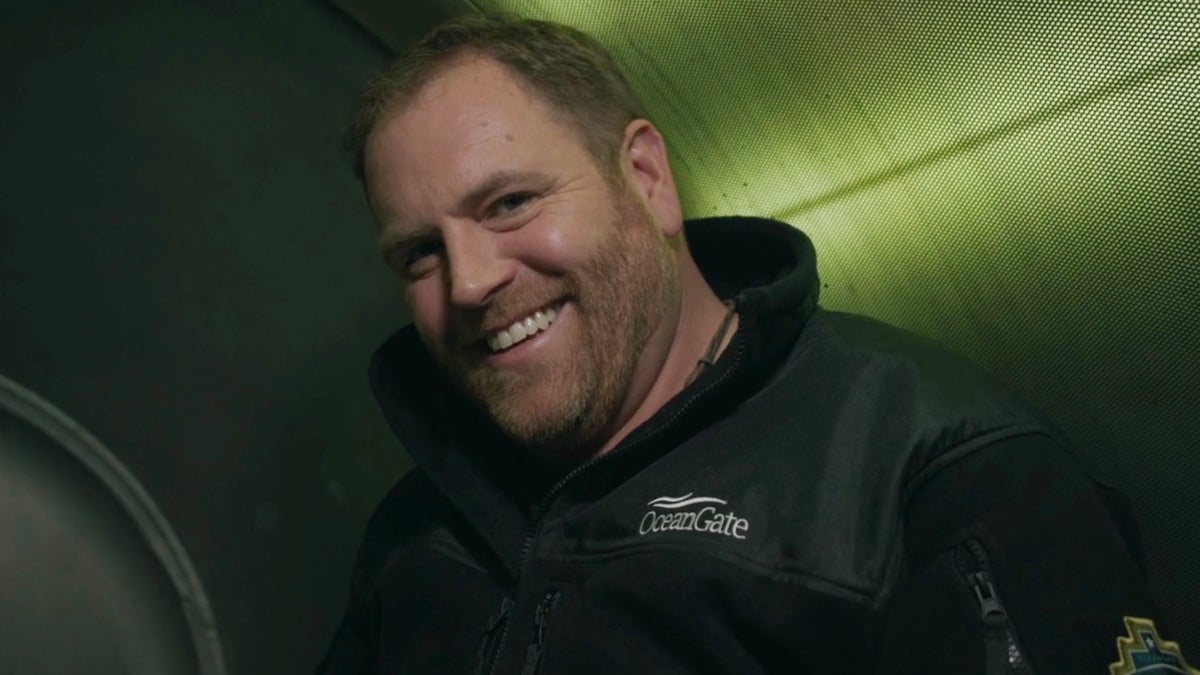


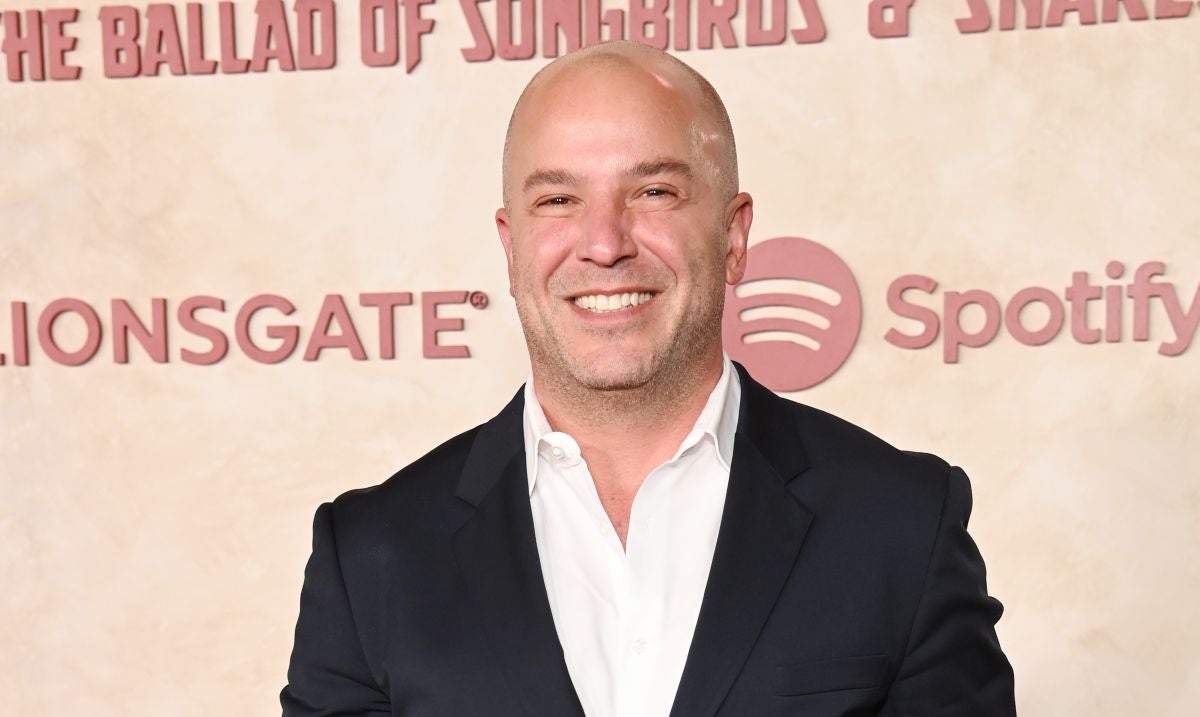



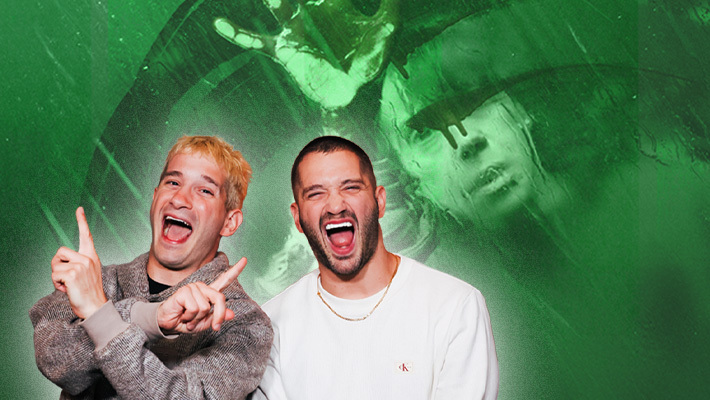











































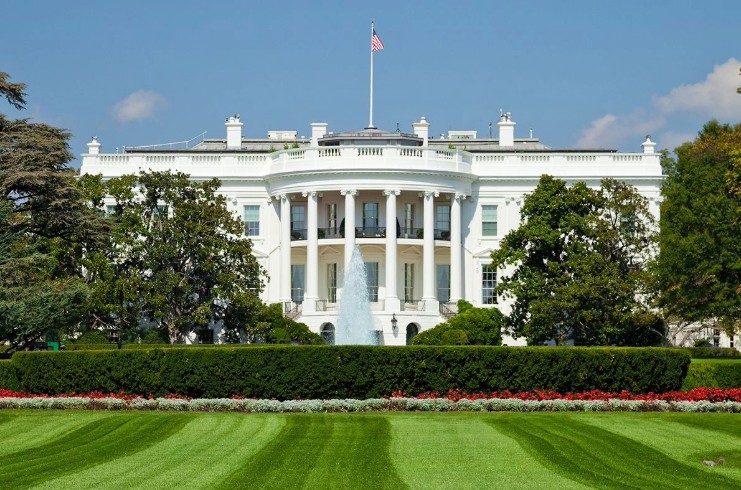





































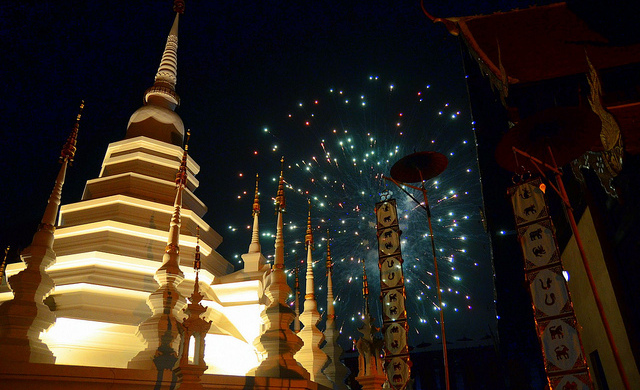


































































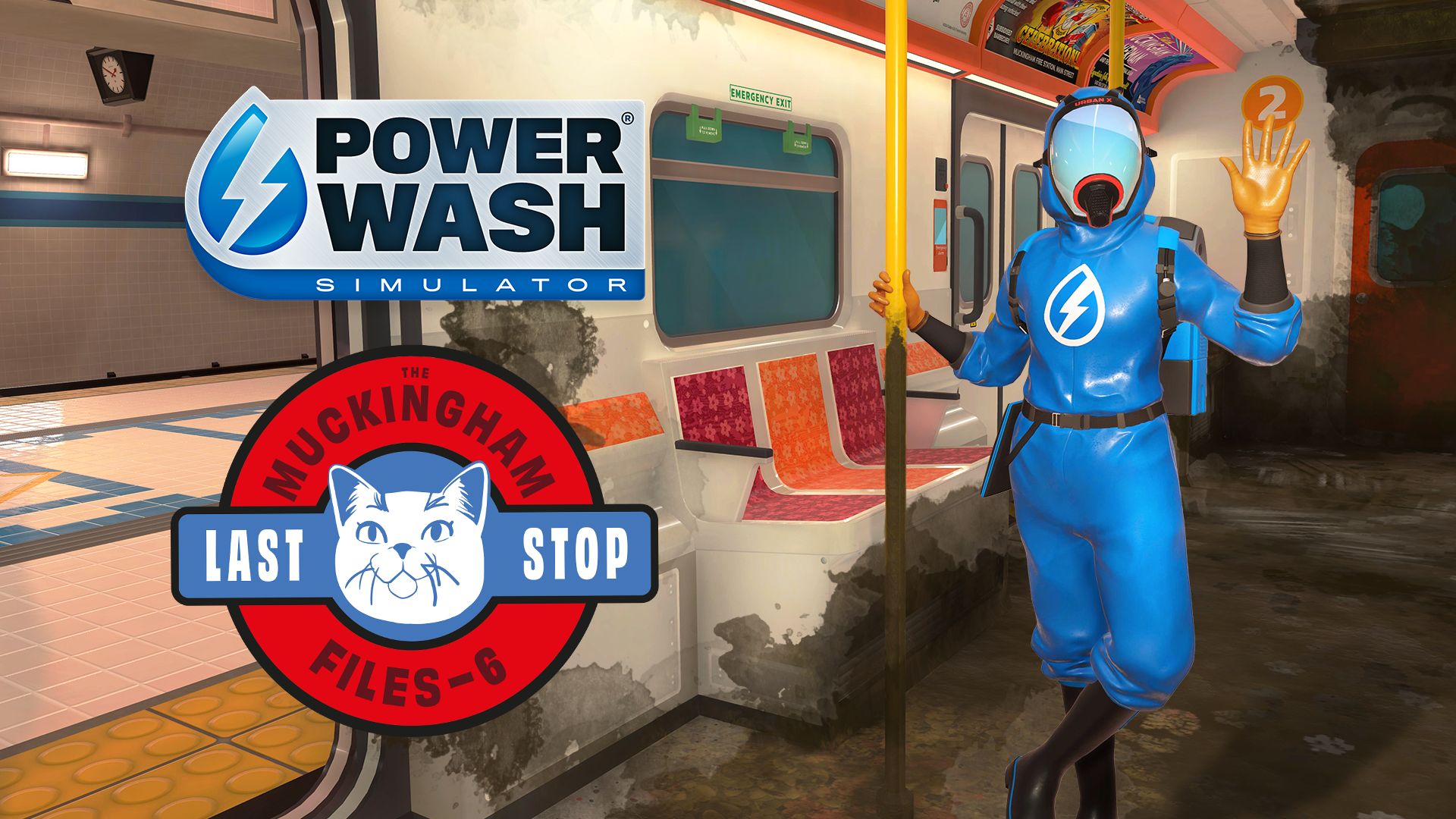












































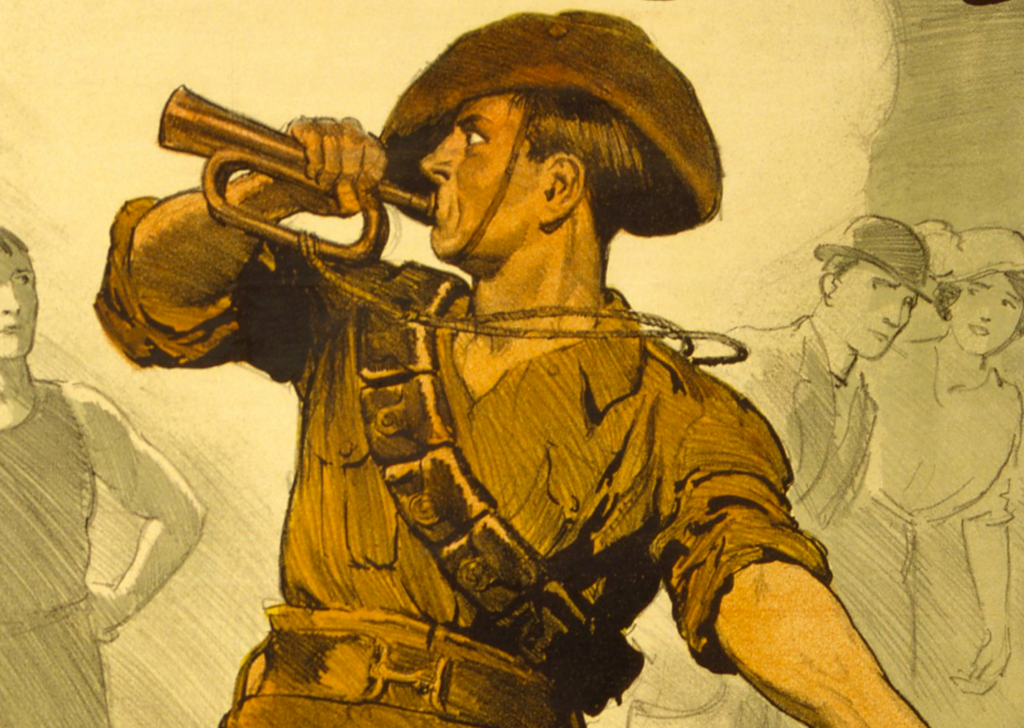





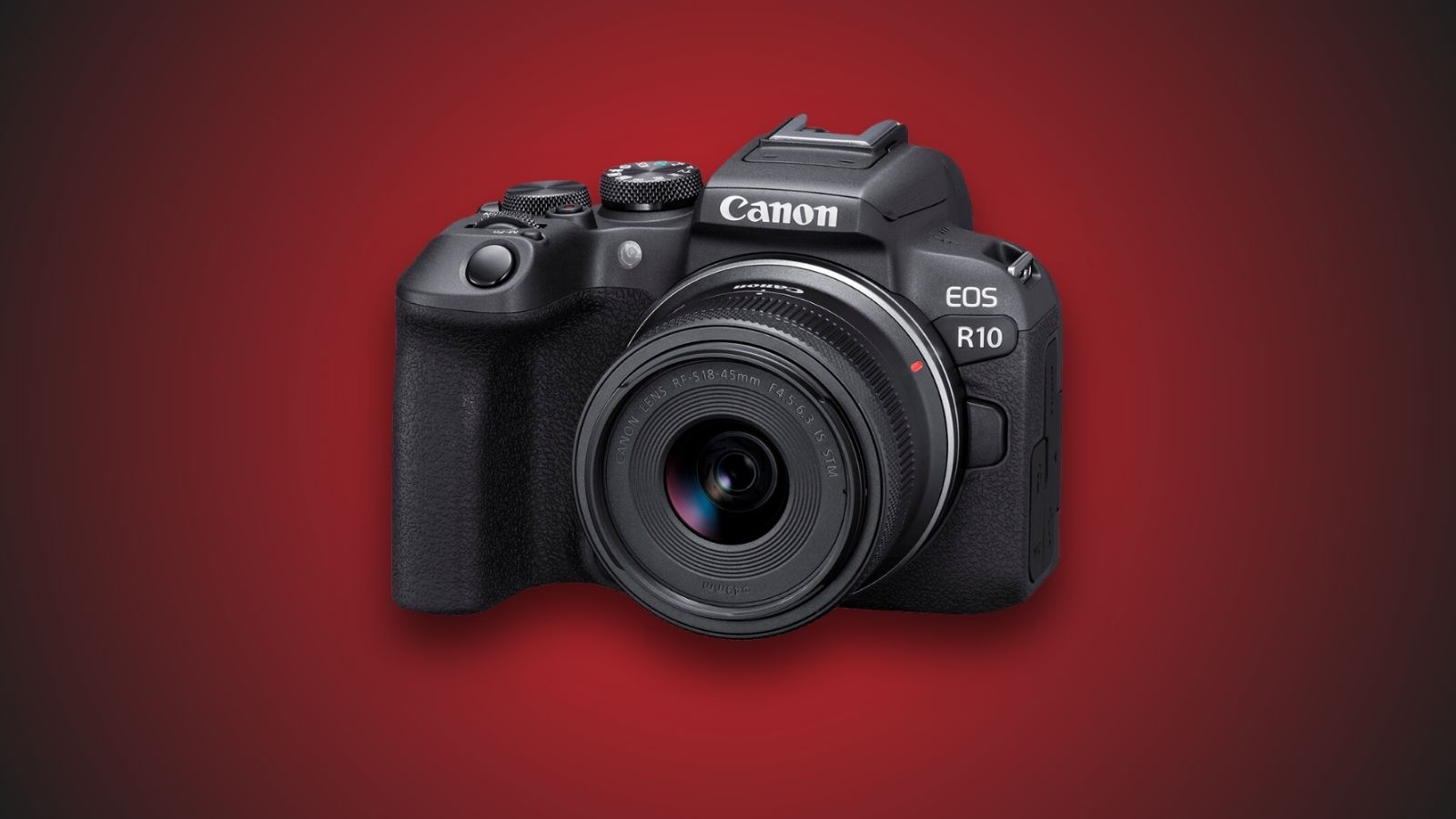


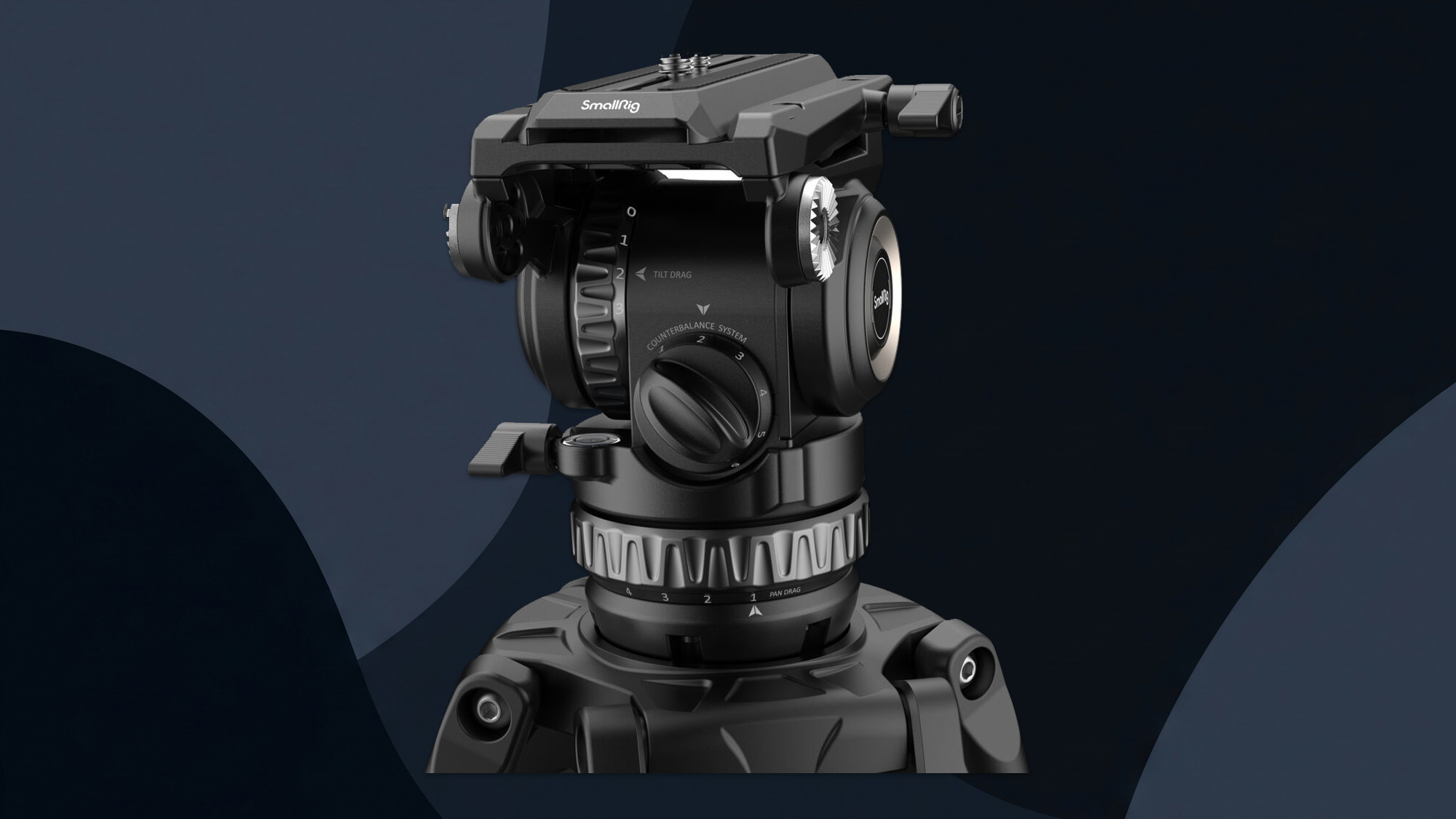


































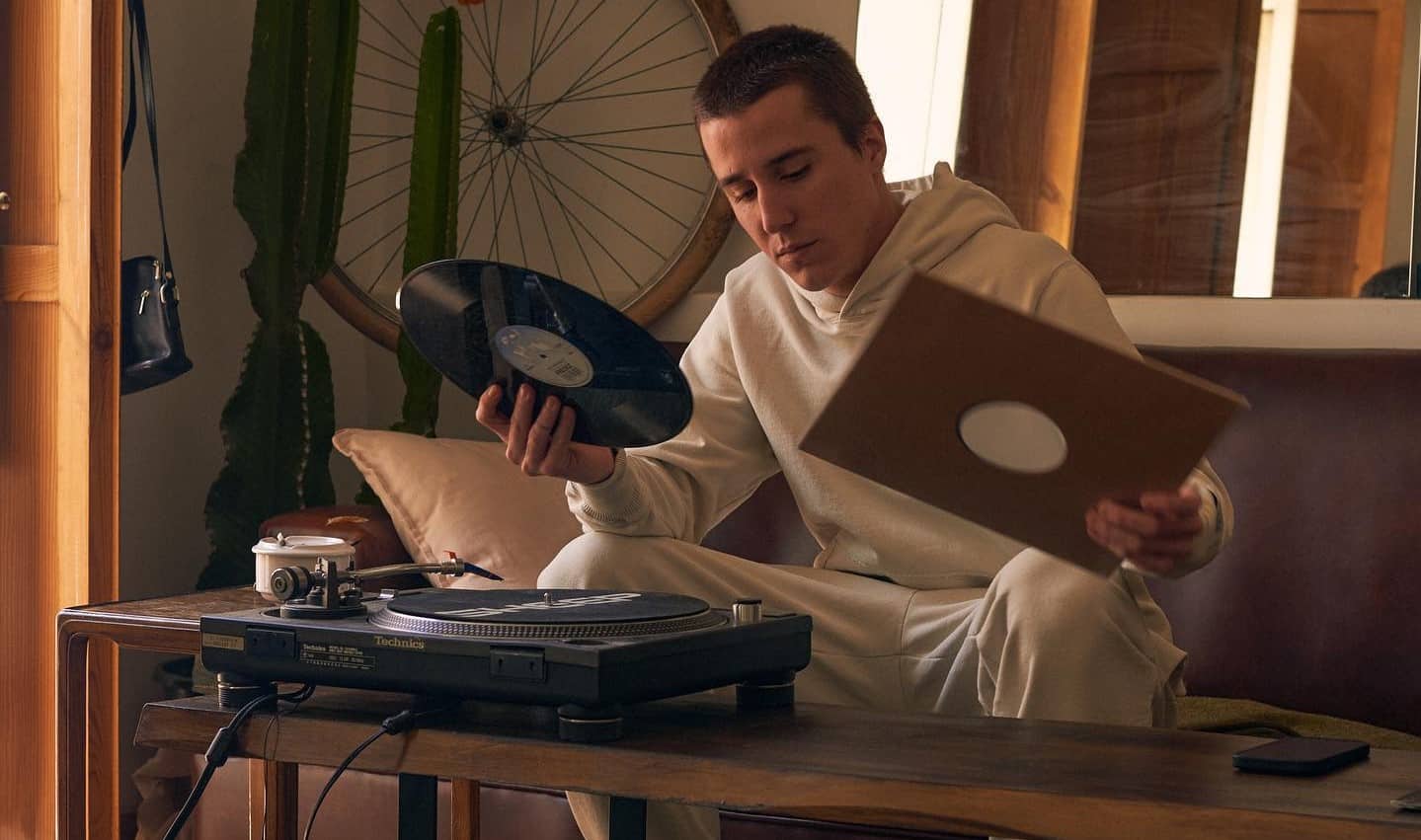






















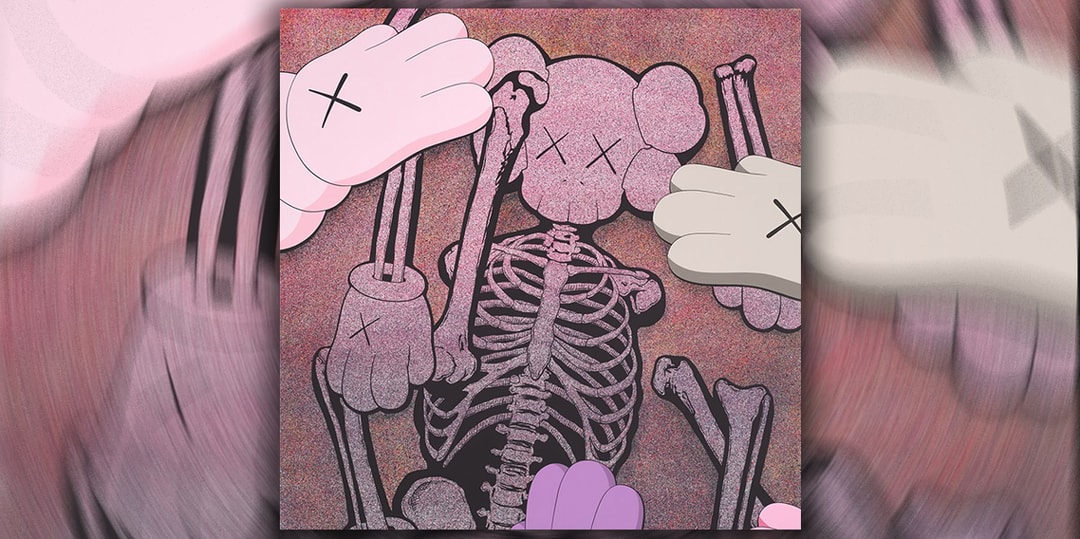

![[Podcast] Making Brands Relevant: How to Connect Culture, Creativity & Commerce with Cyril Louis](https://justcreative.com/wp-content/uploads/2025/05/cyril-lewis-podcast-29.png)









